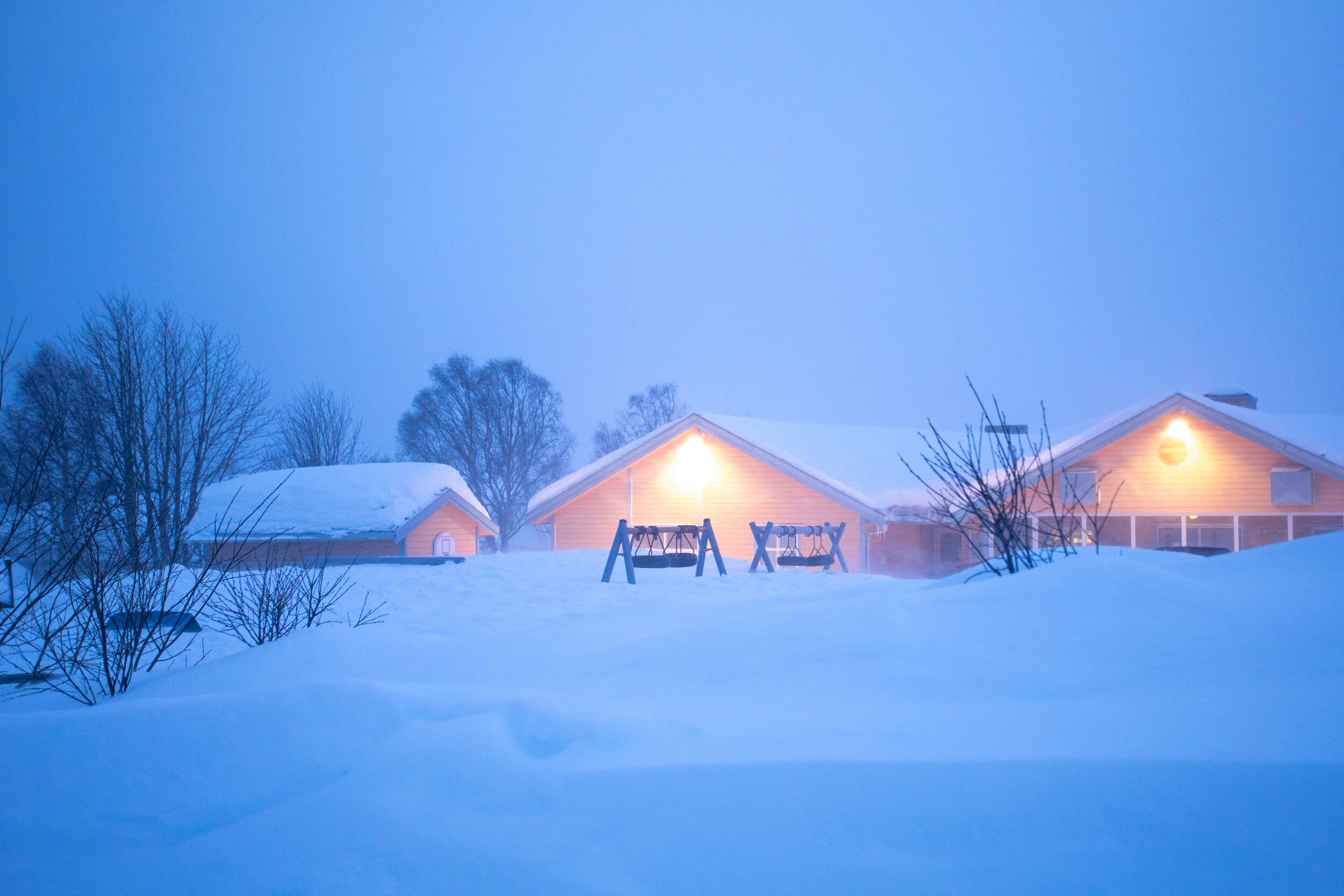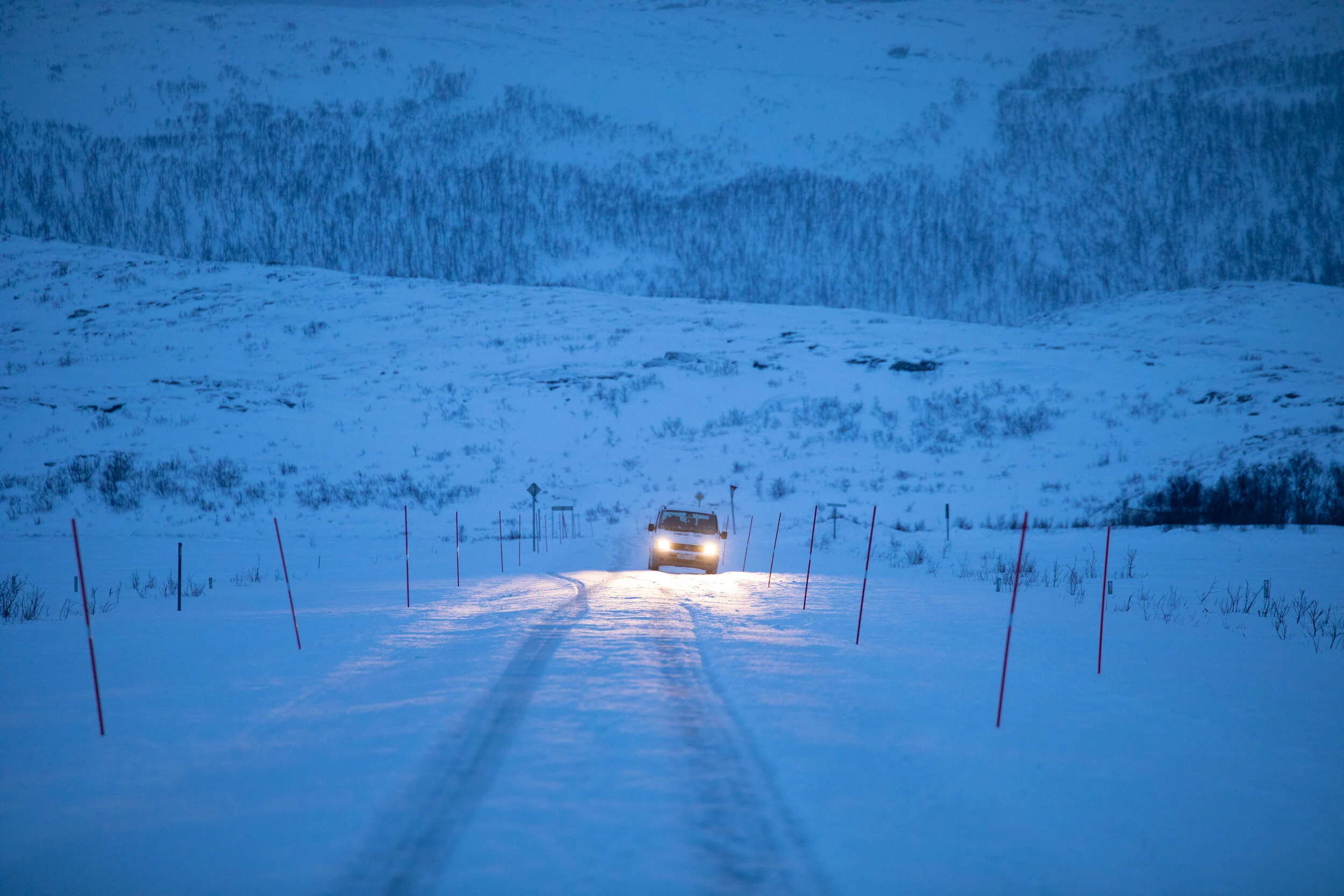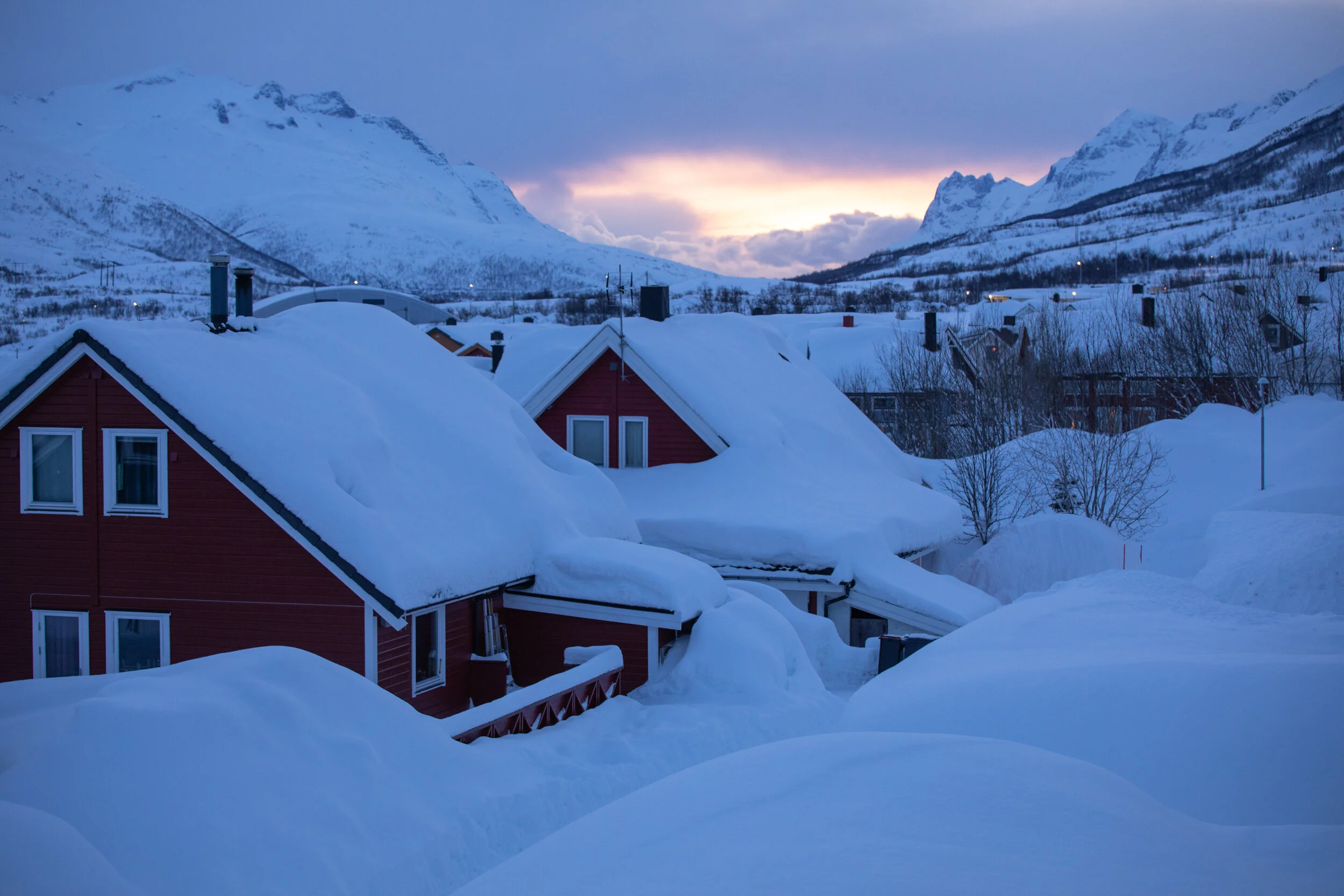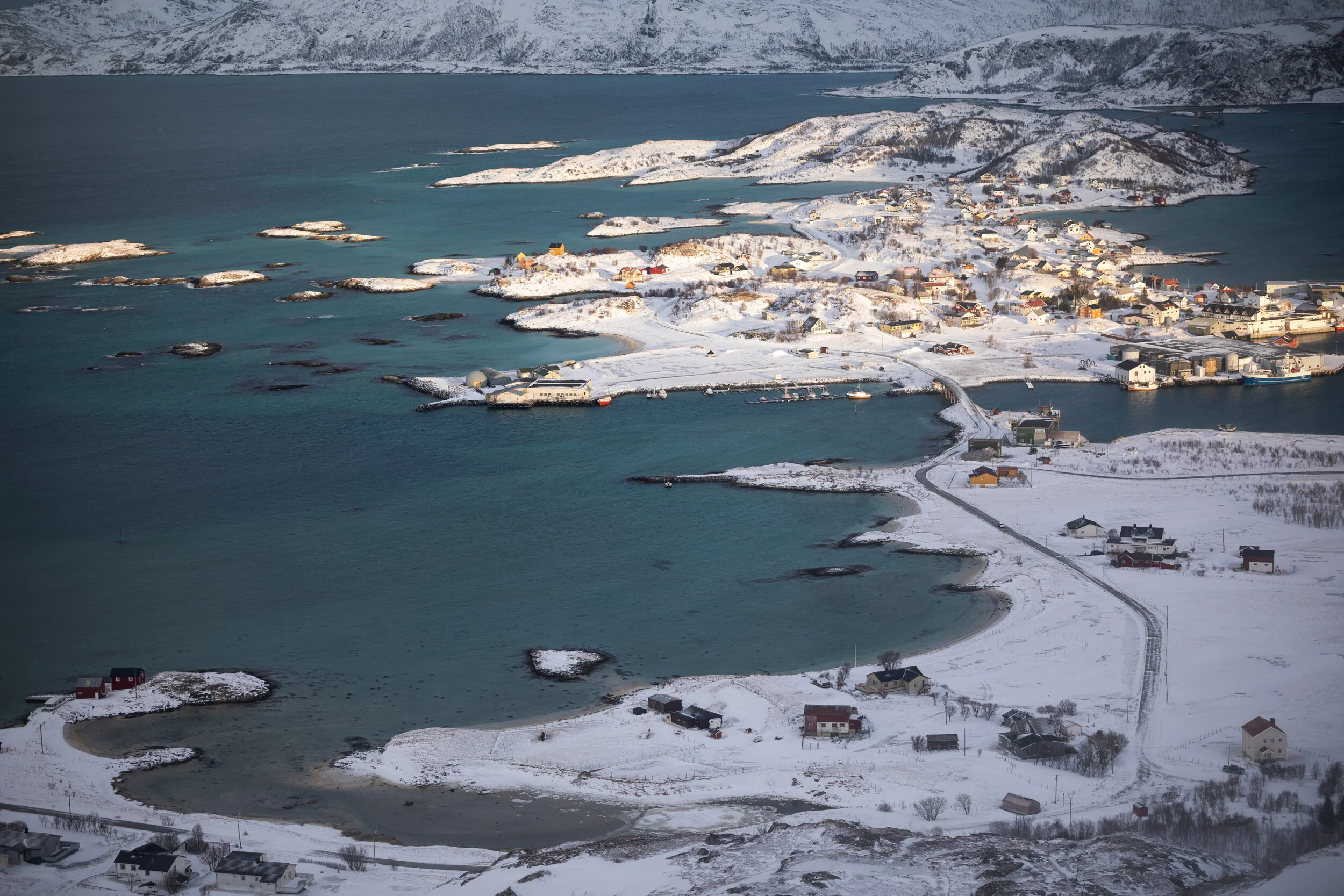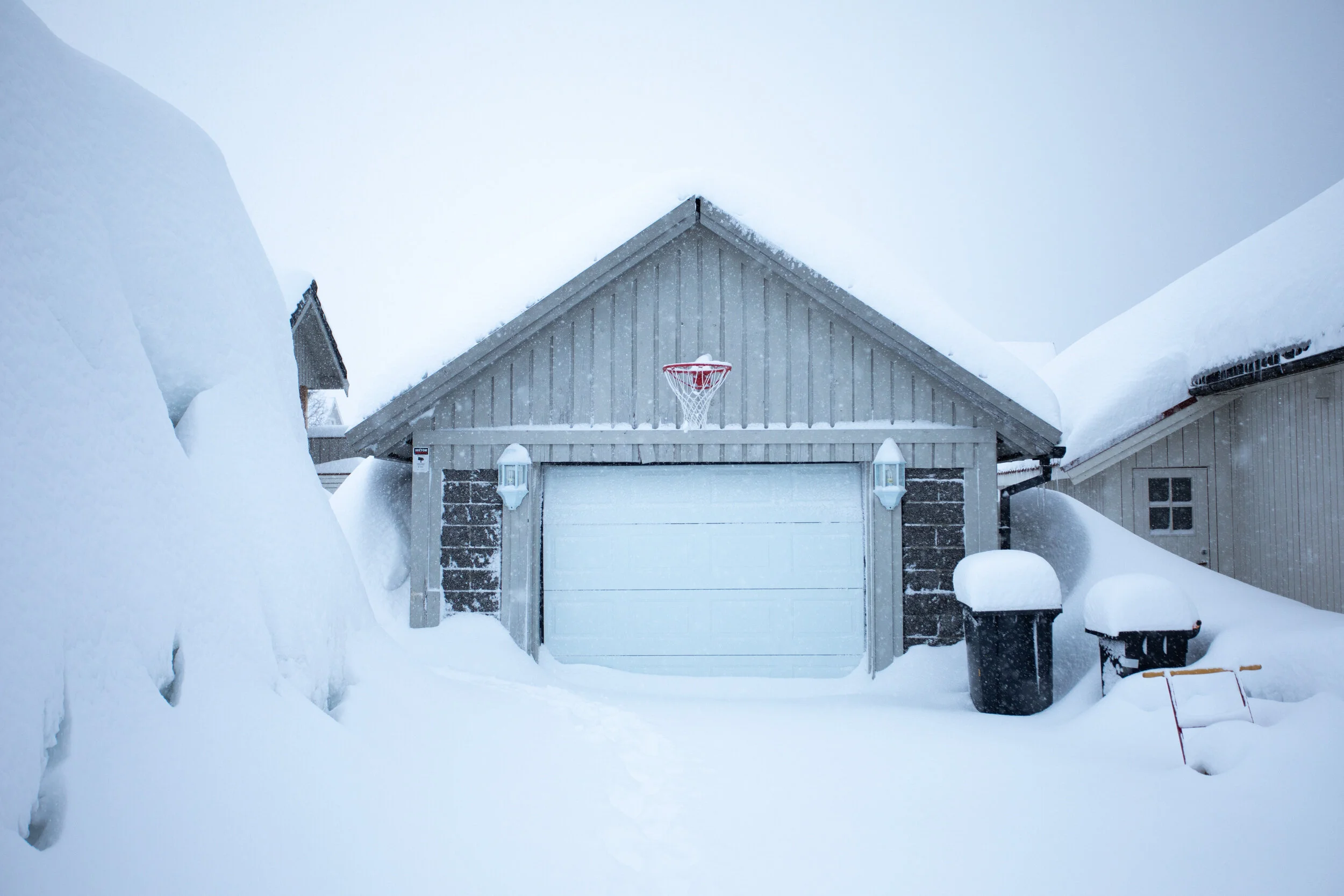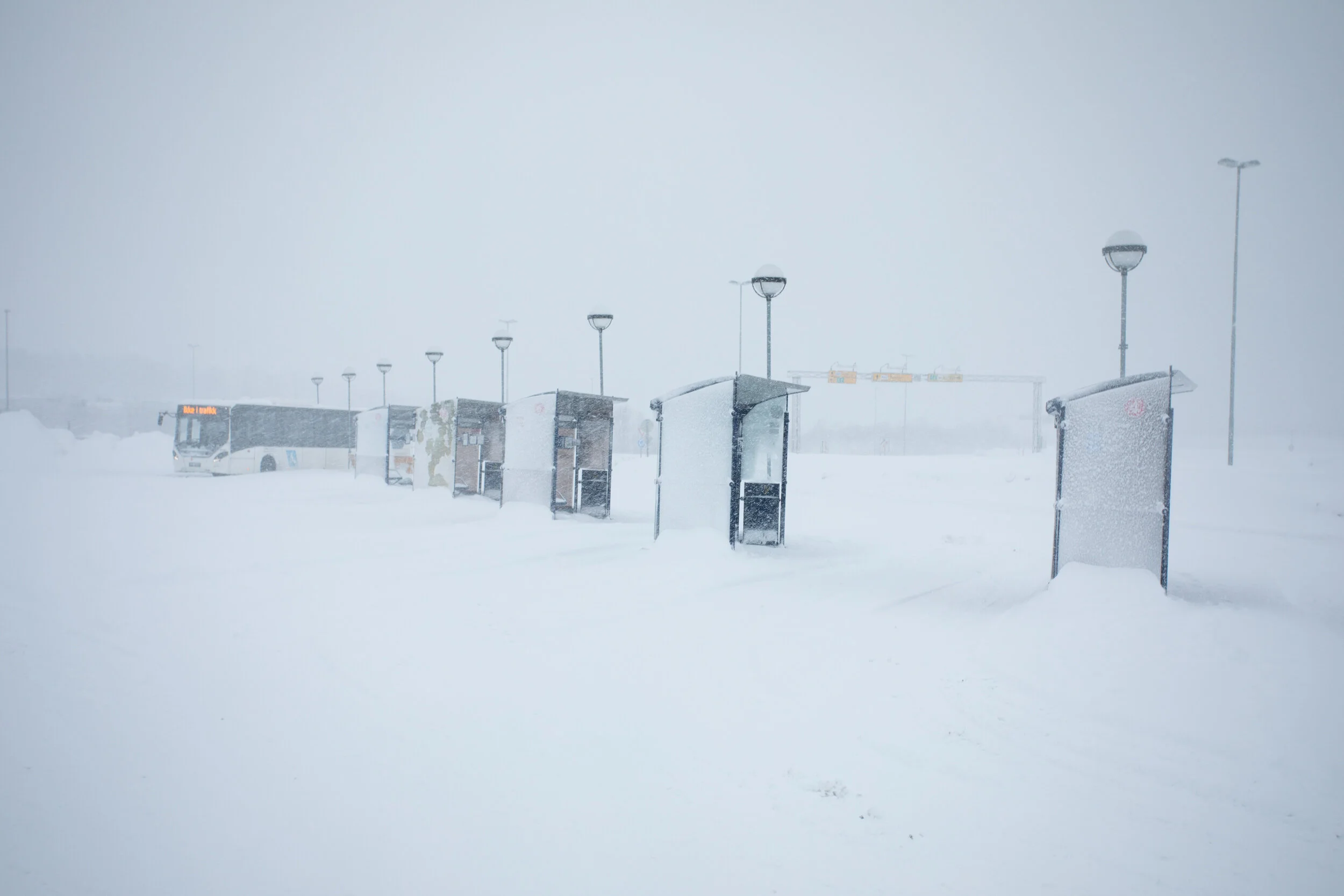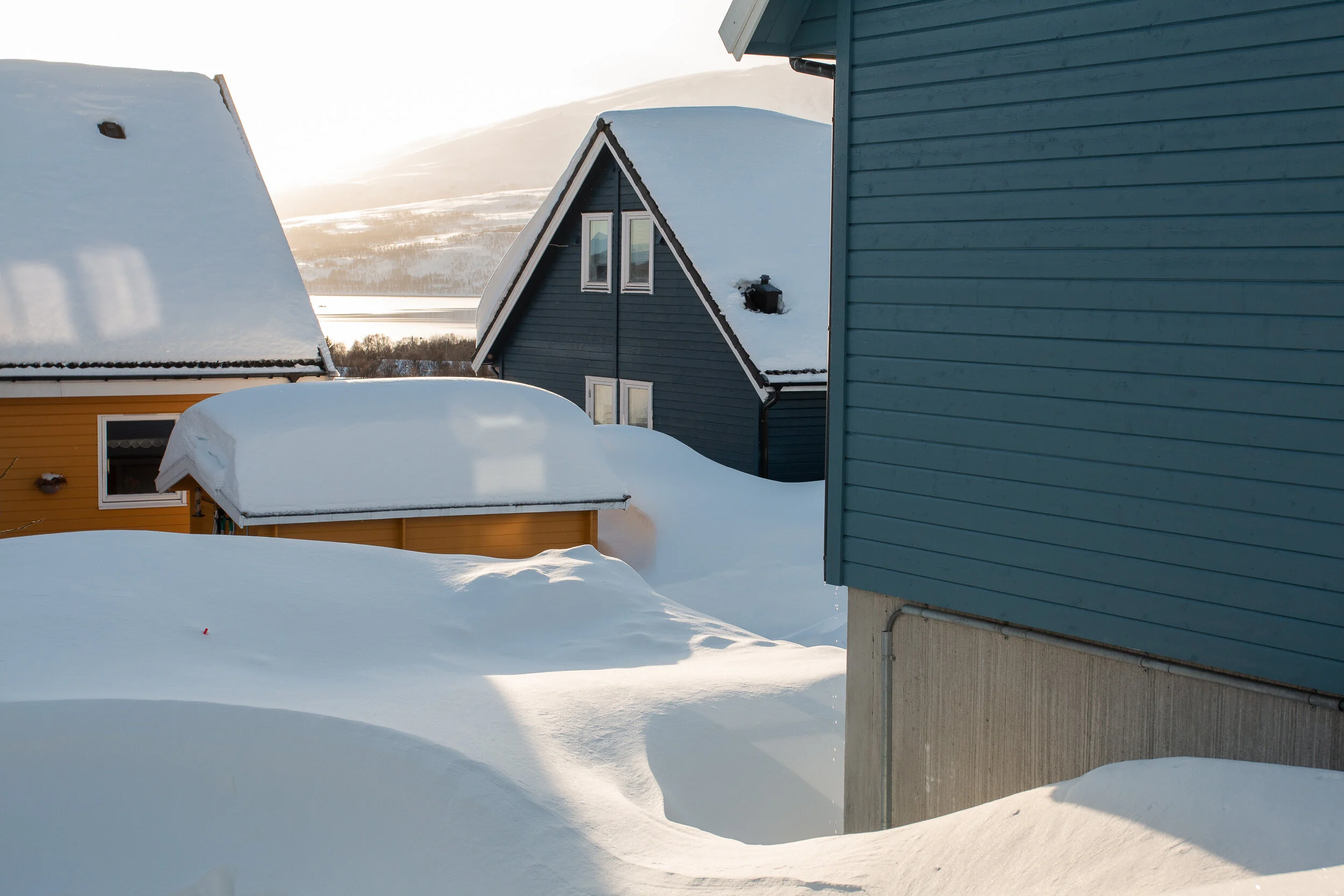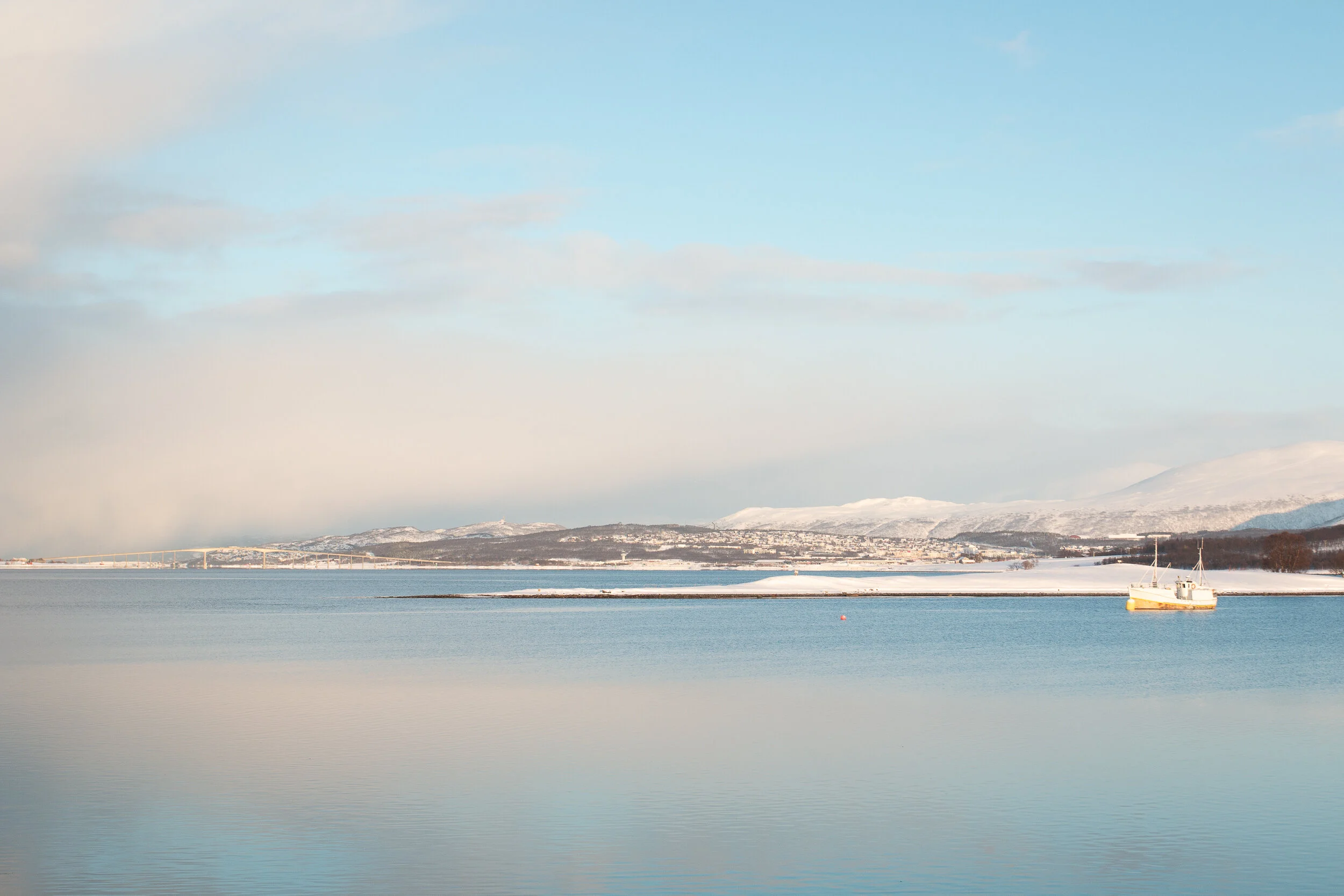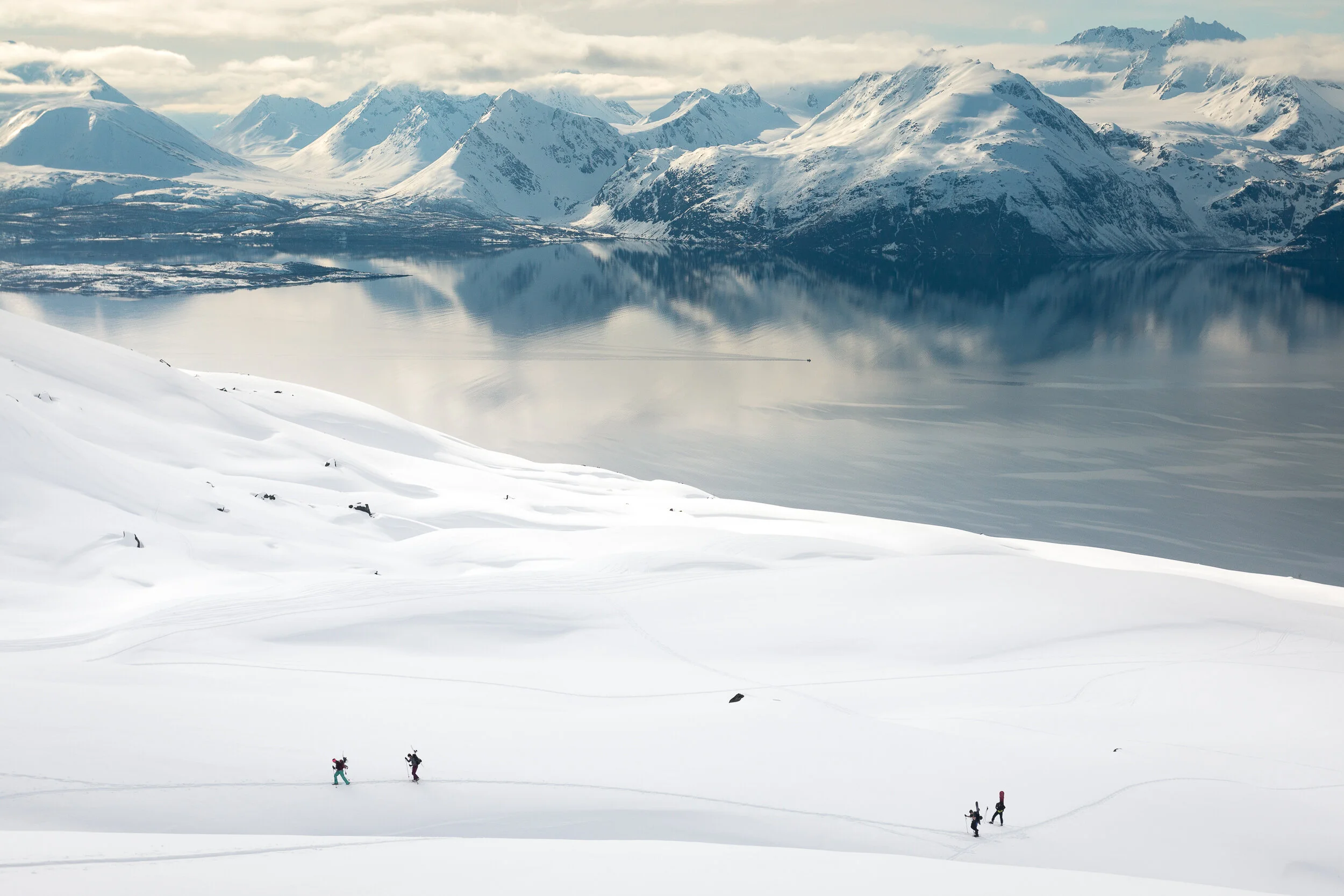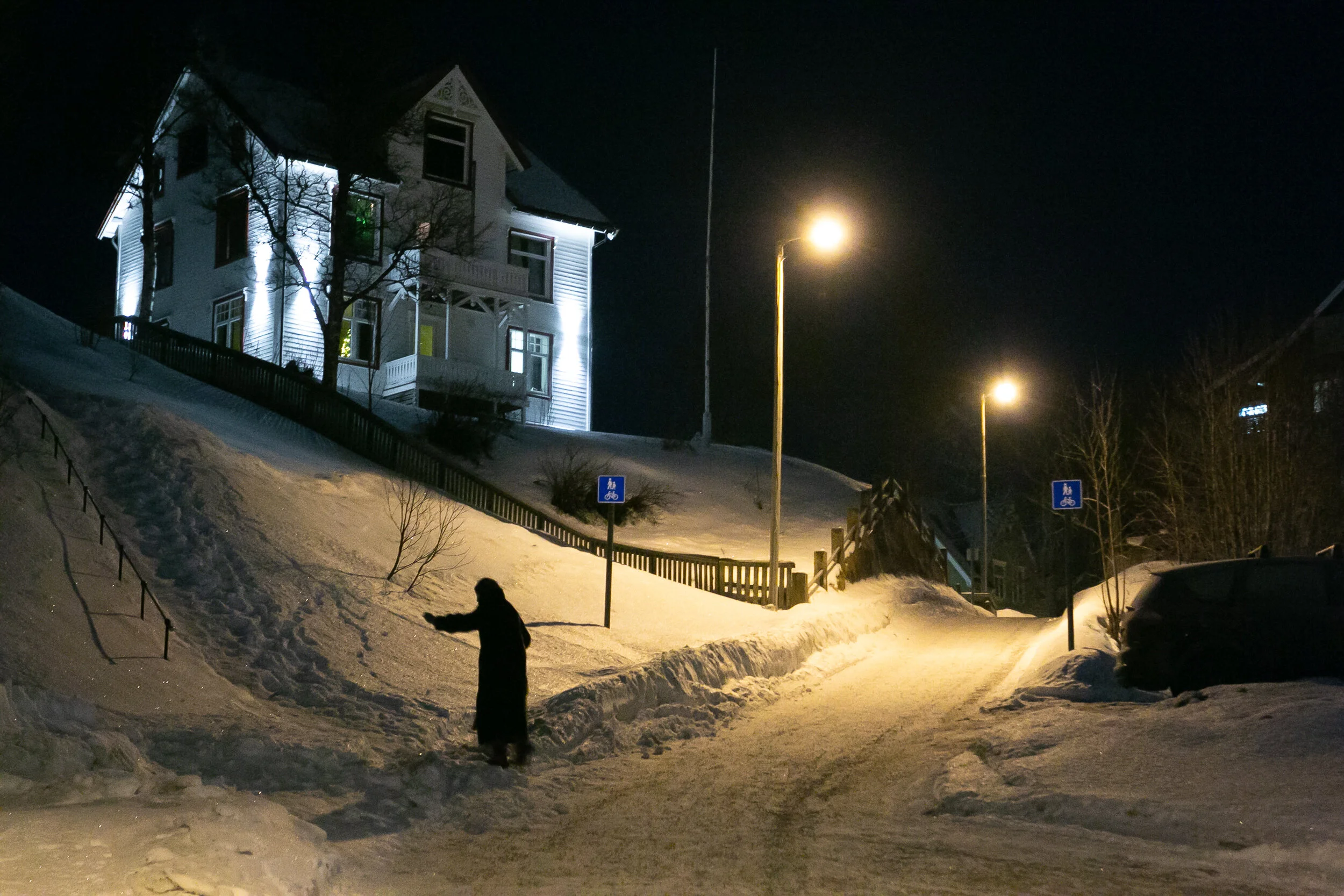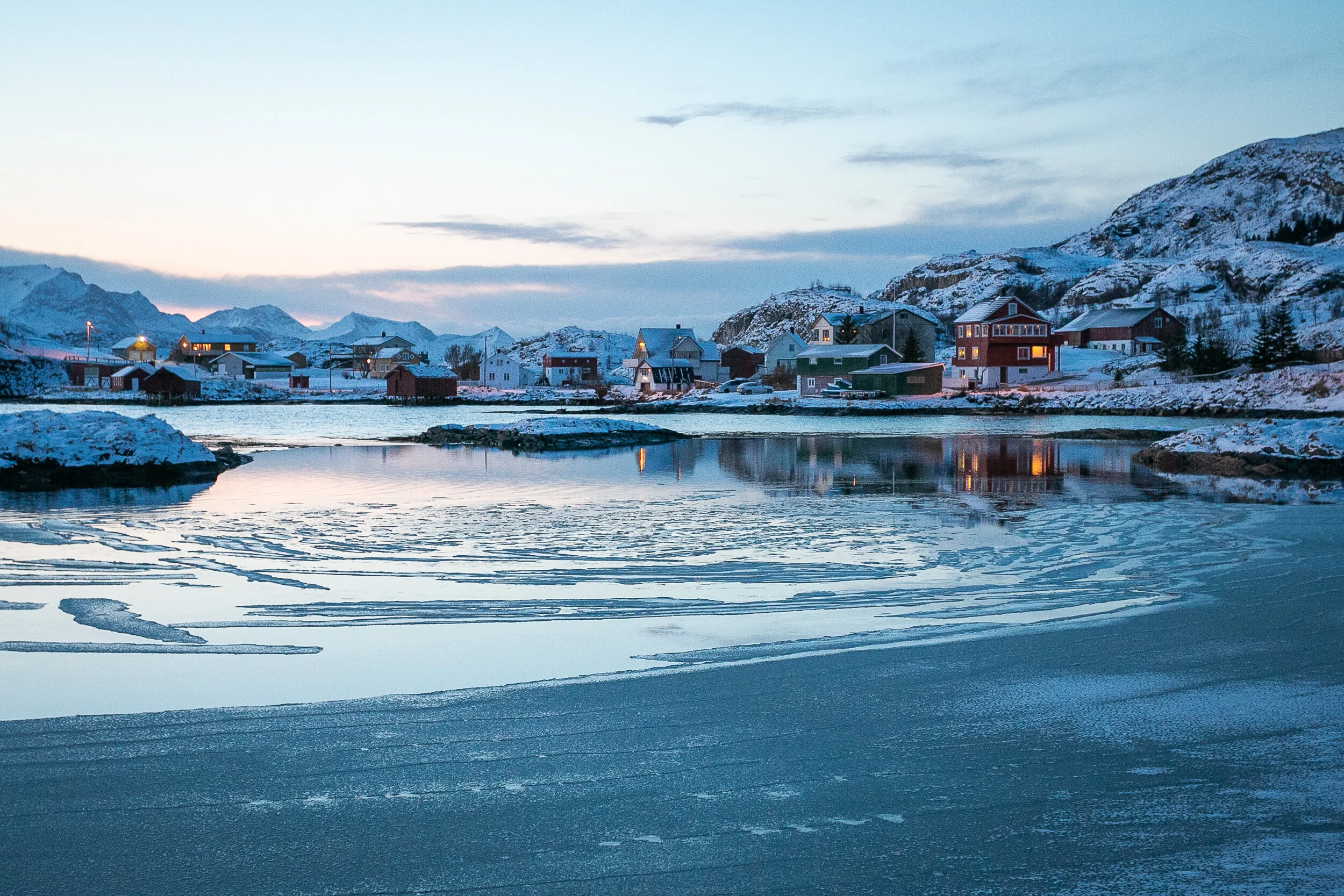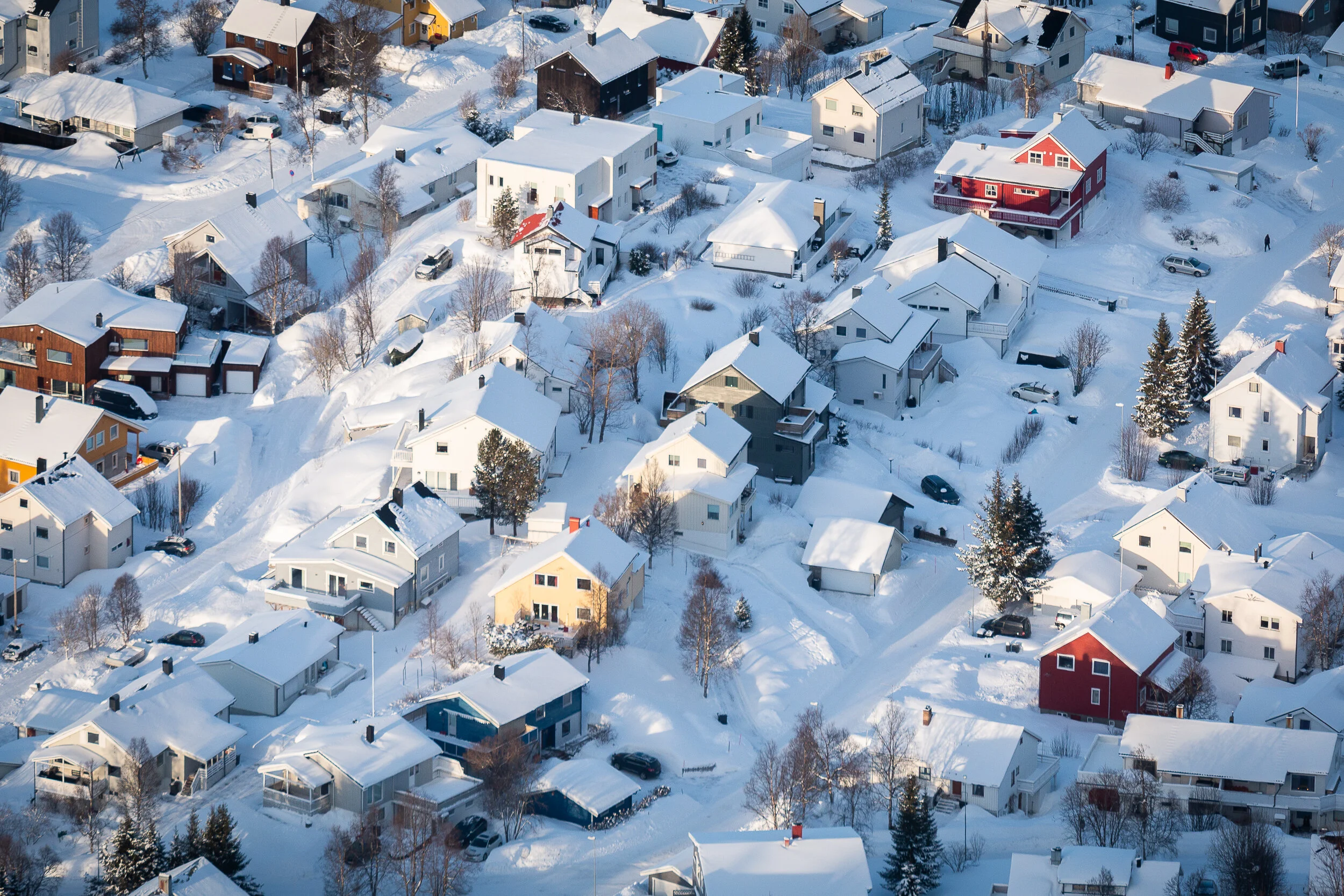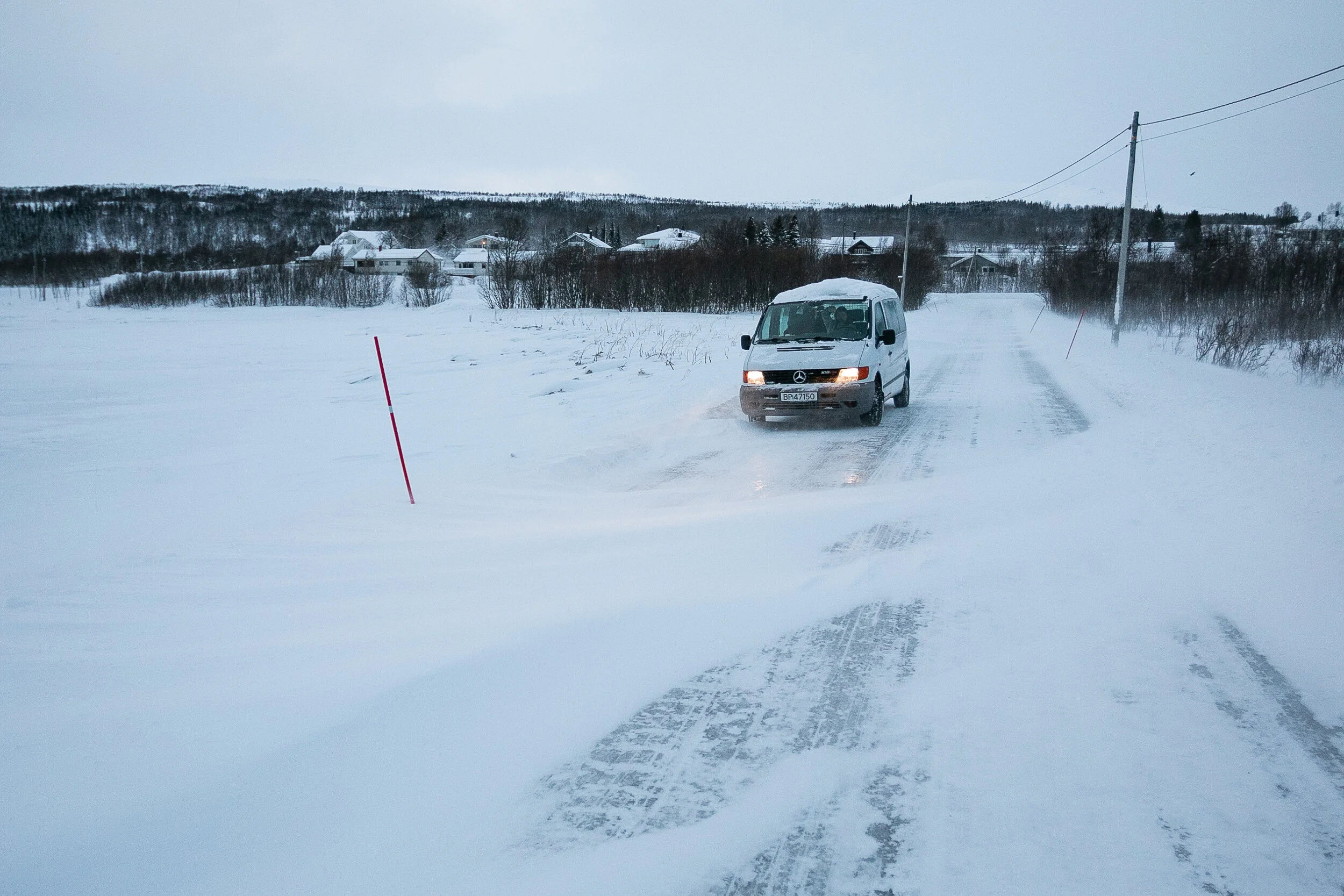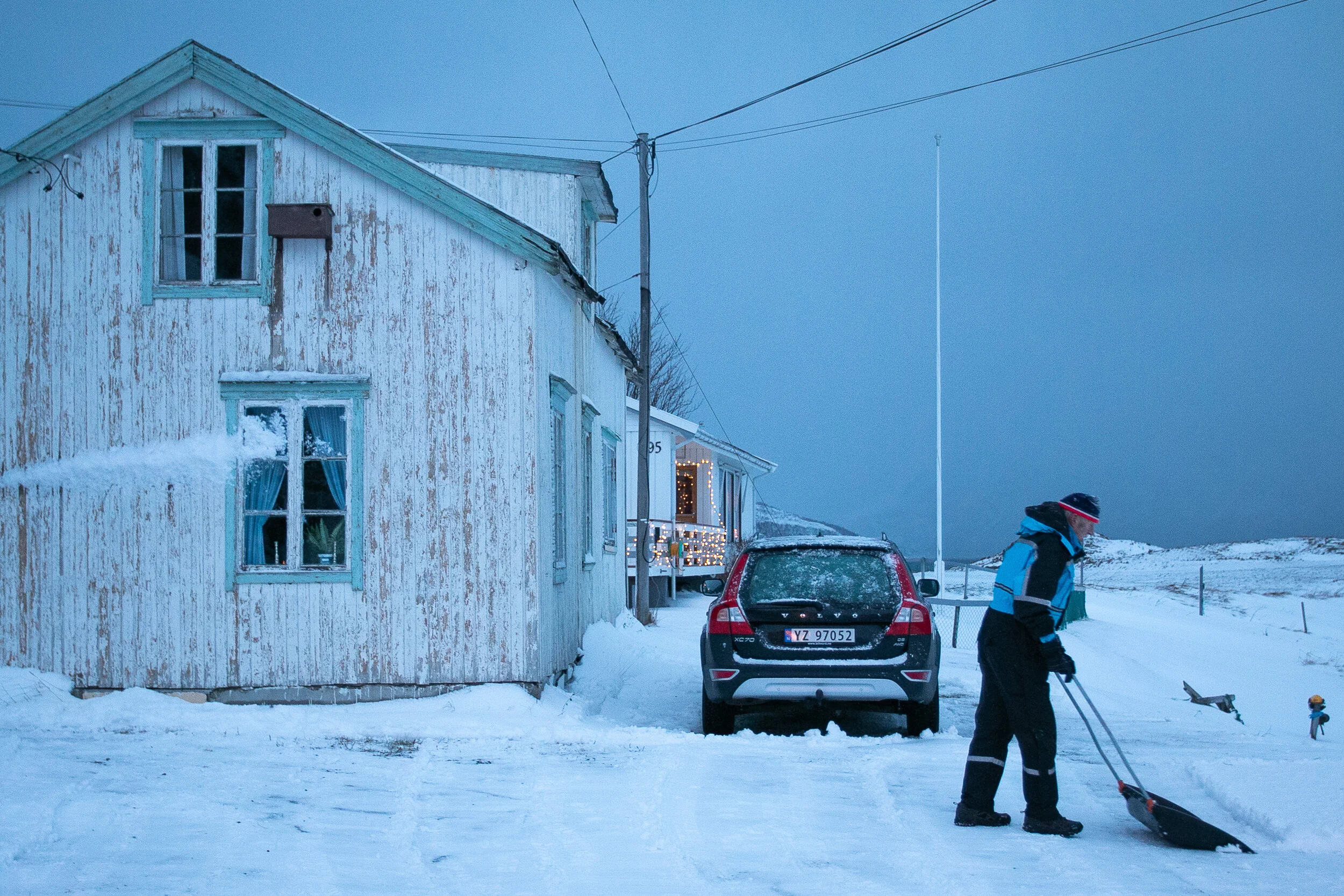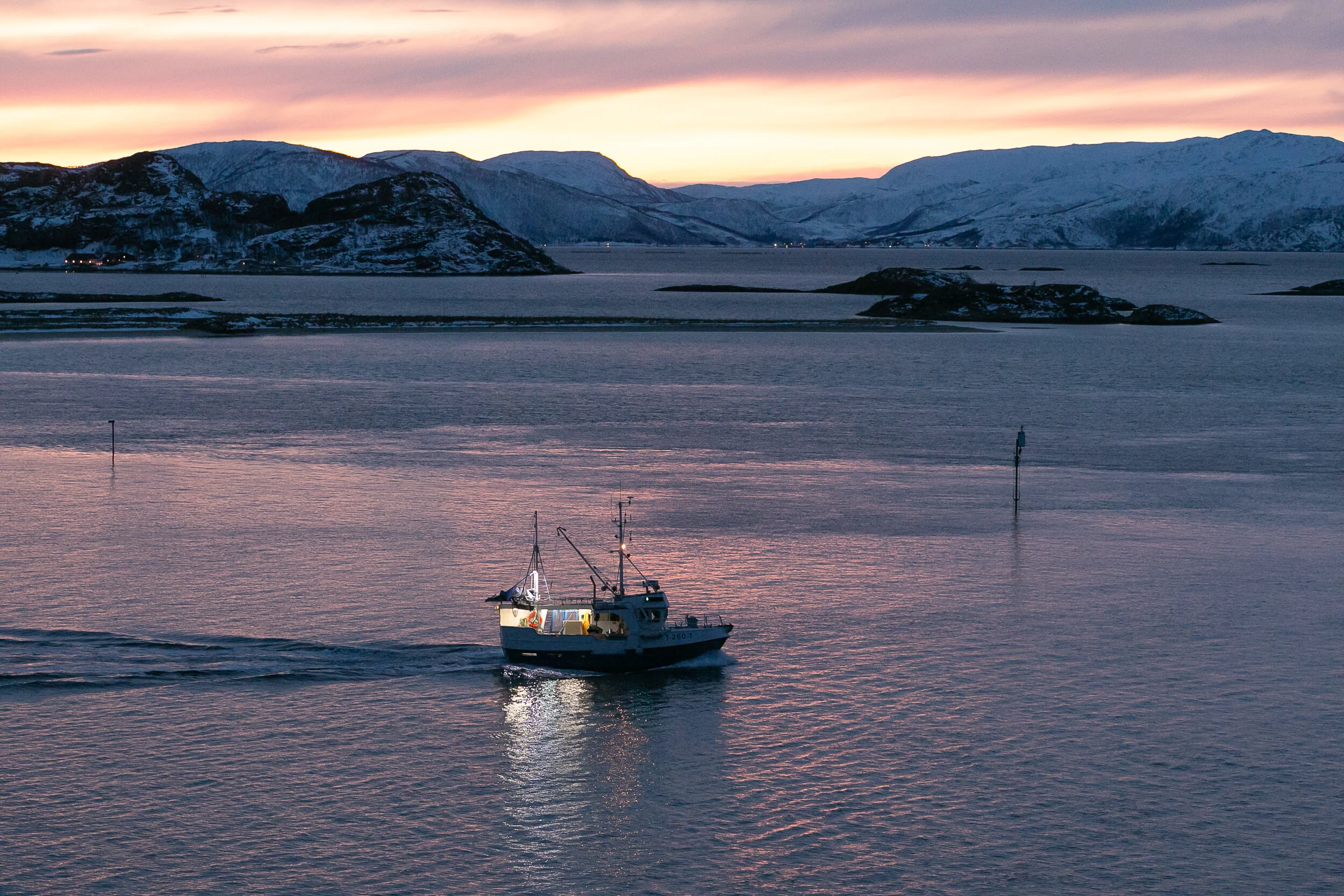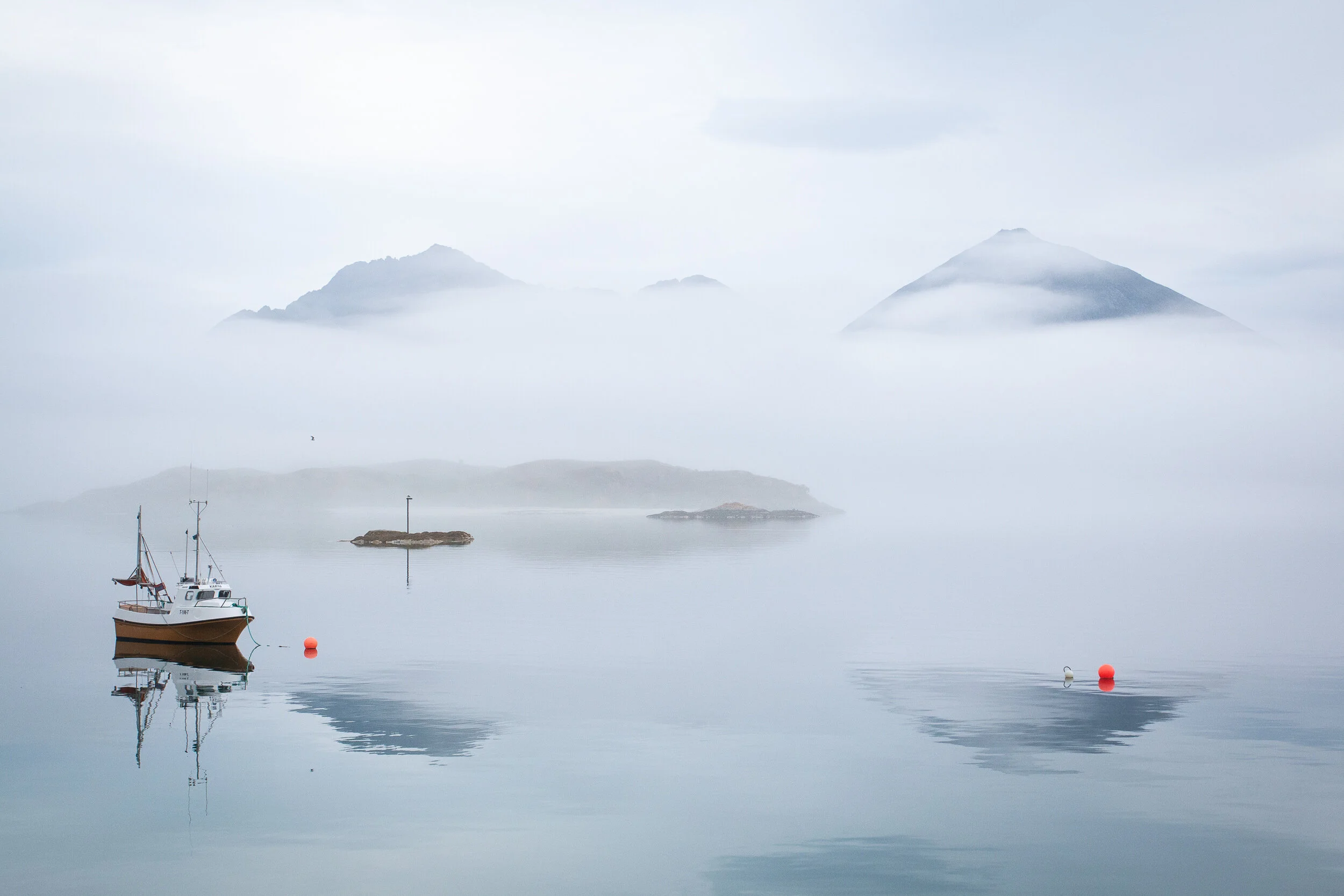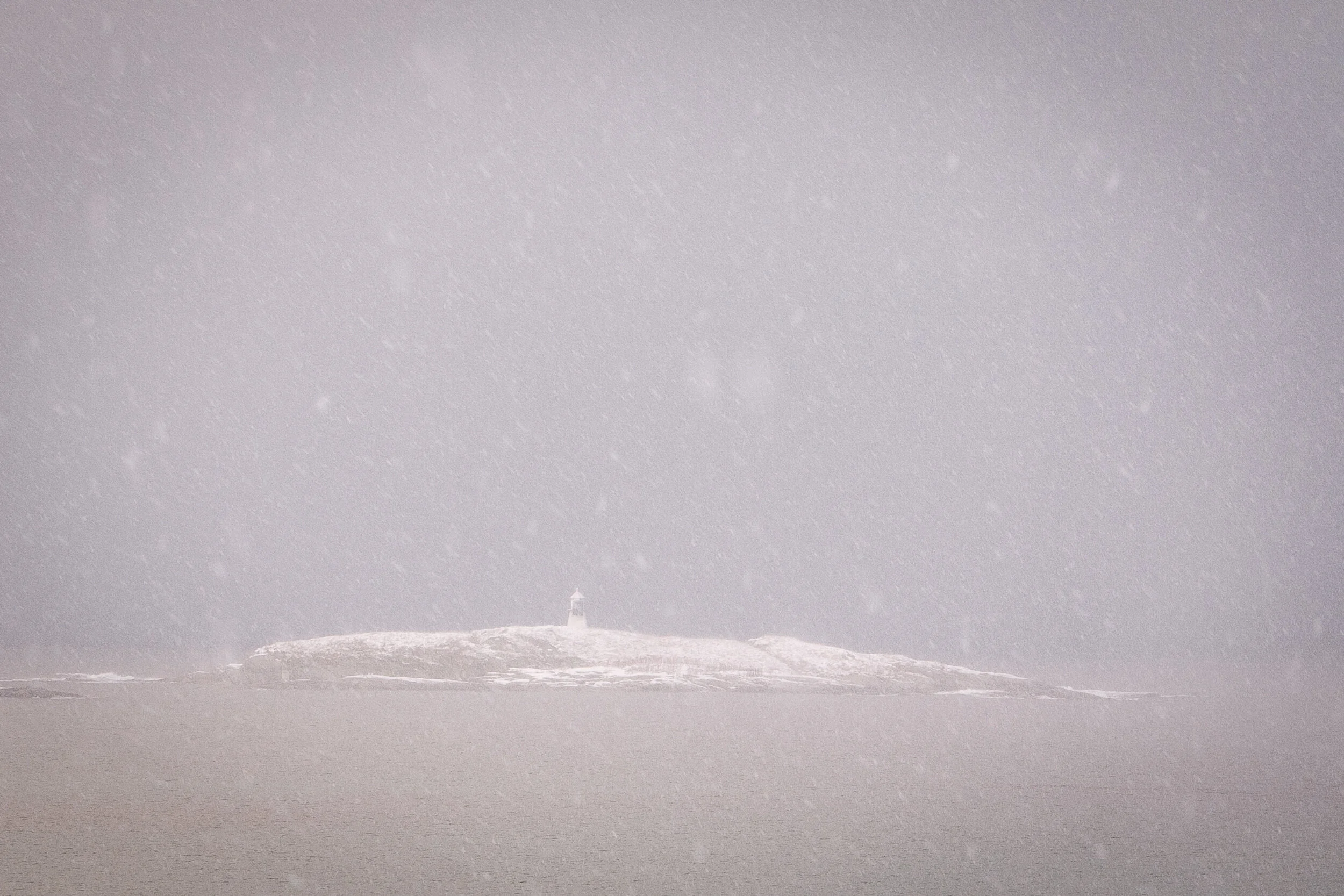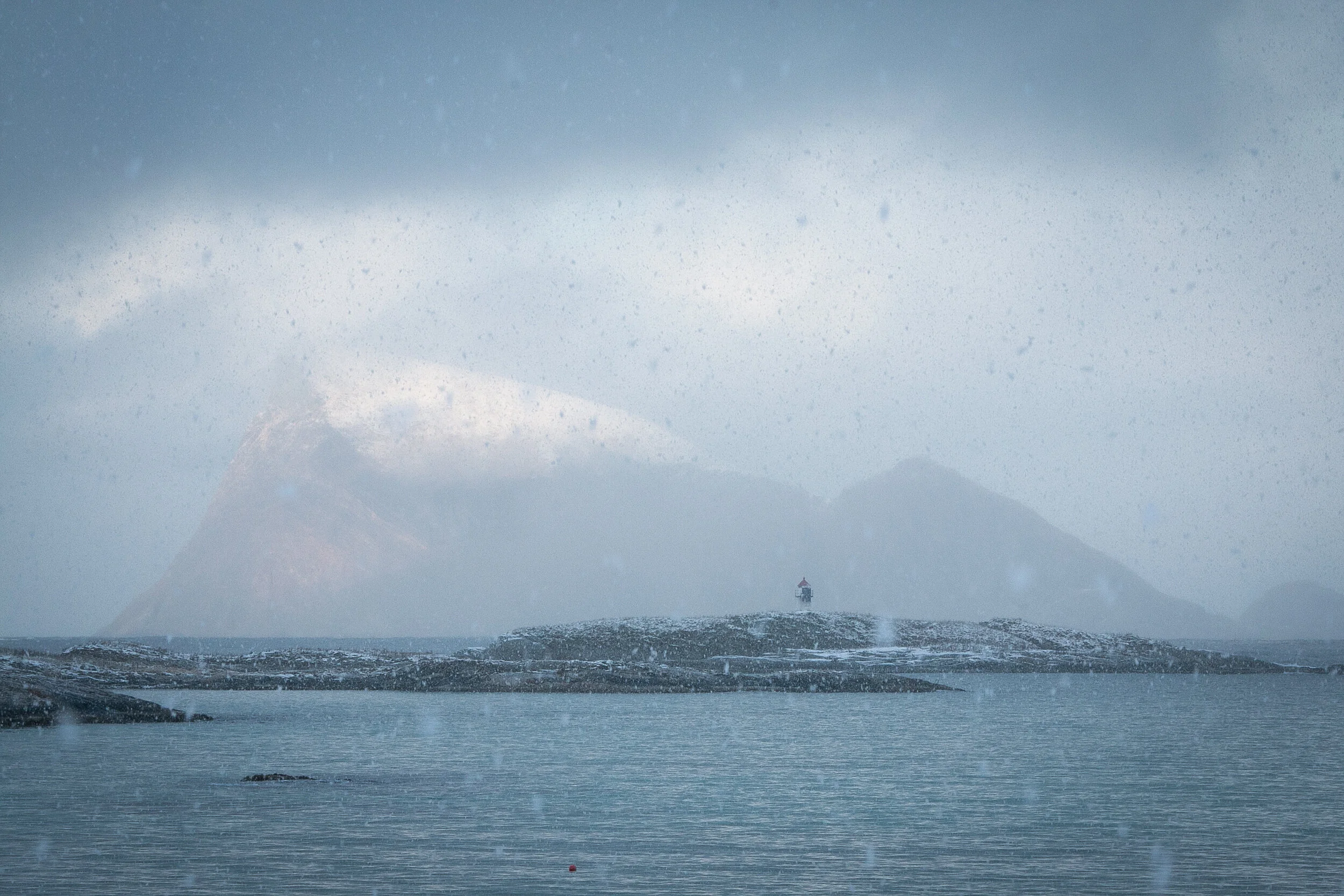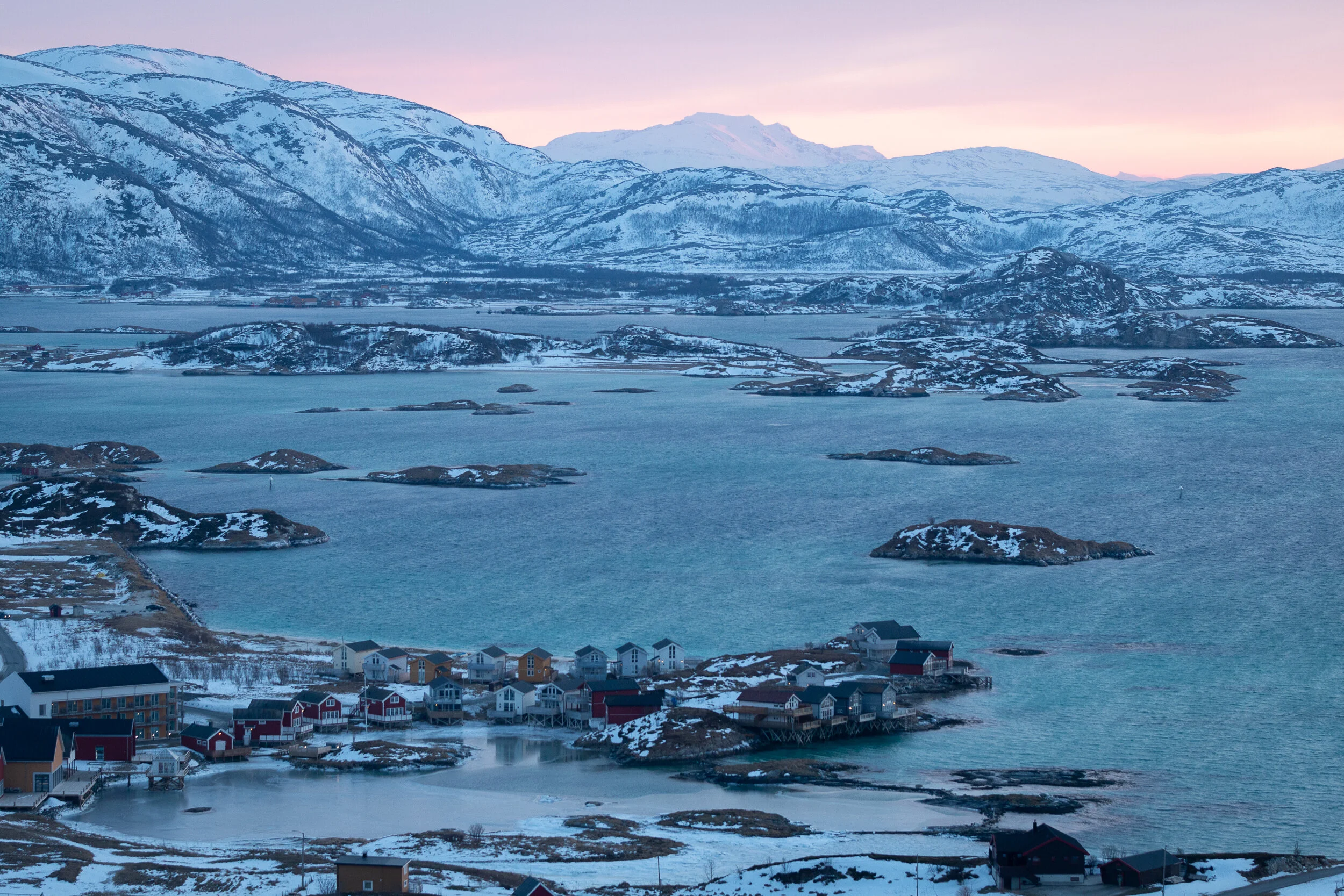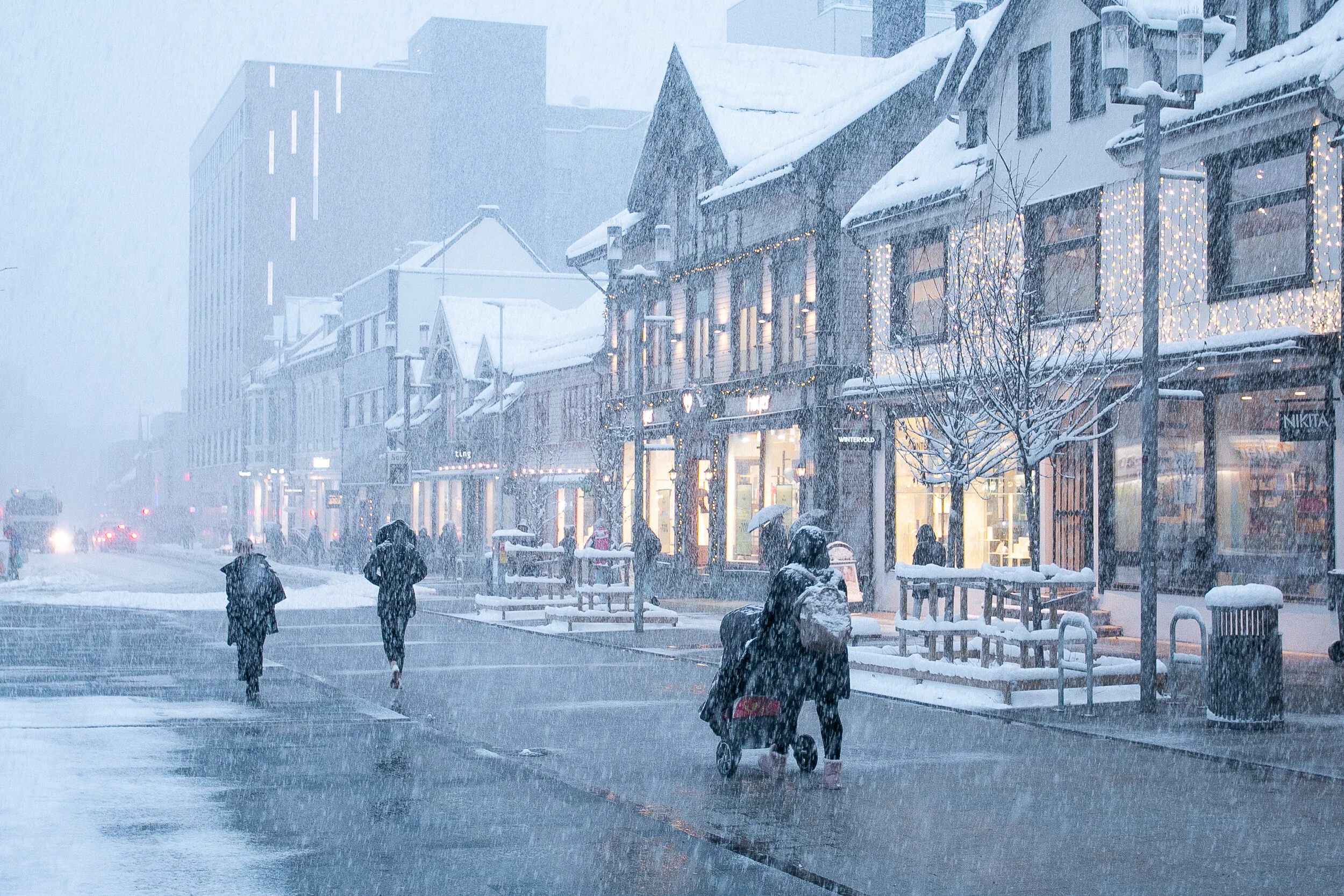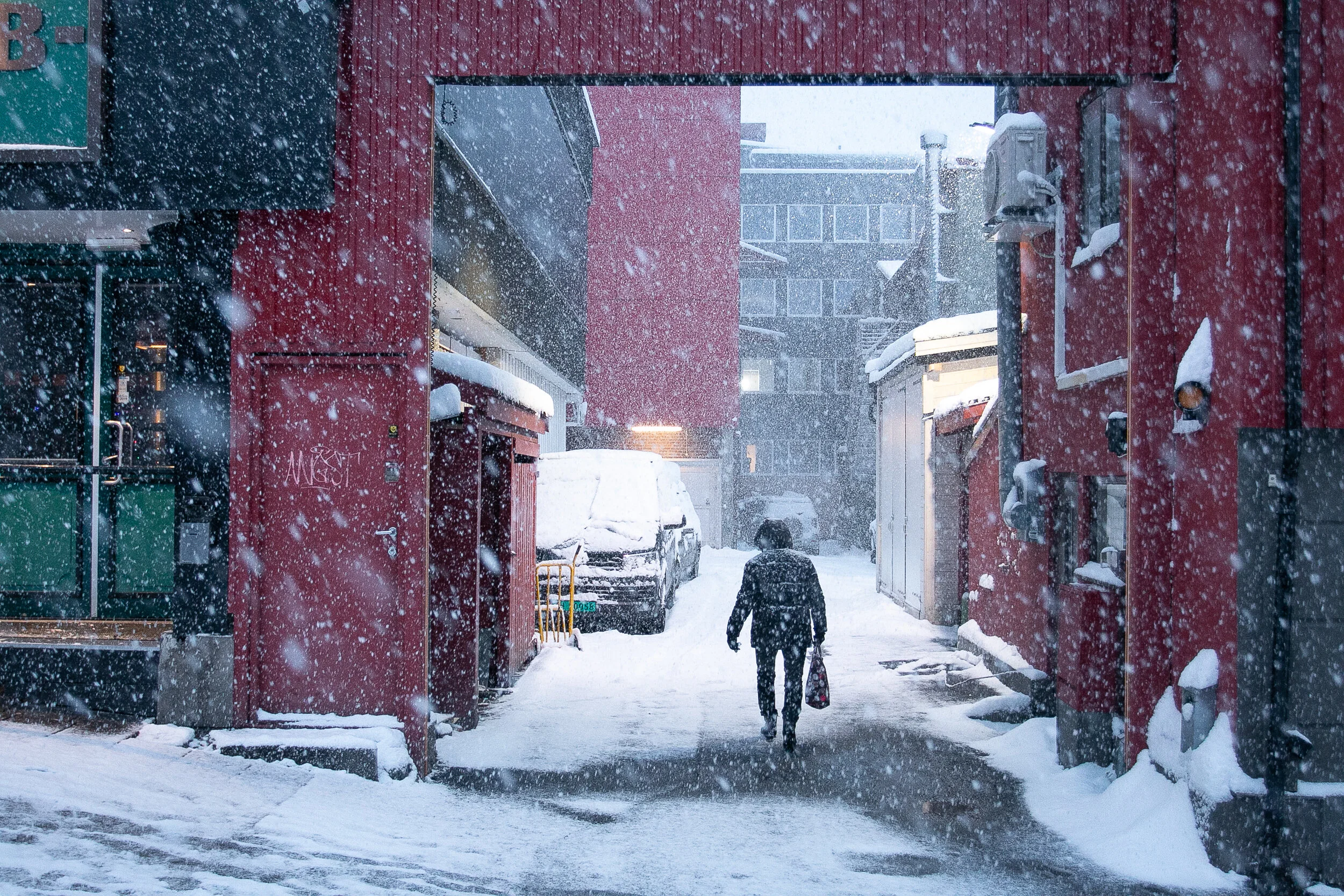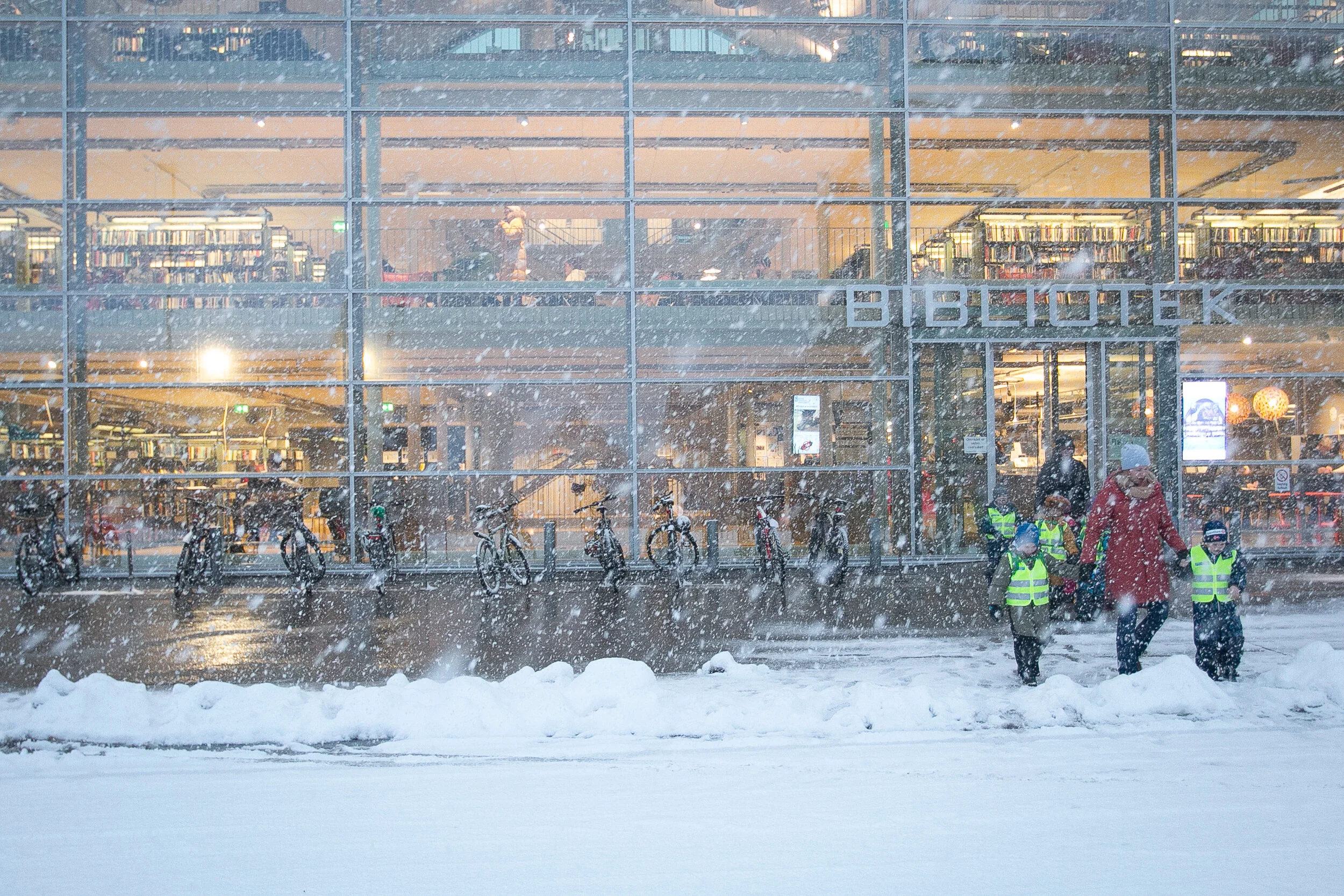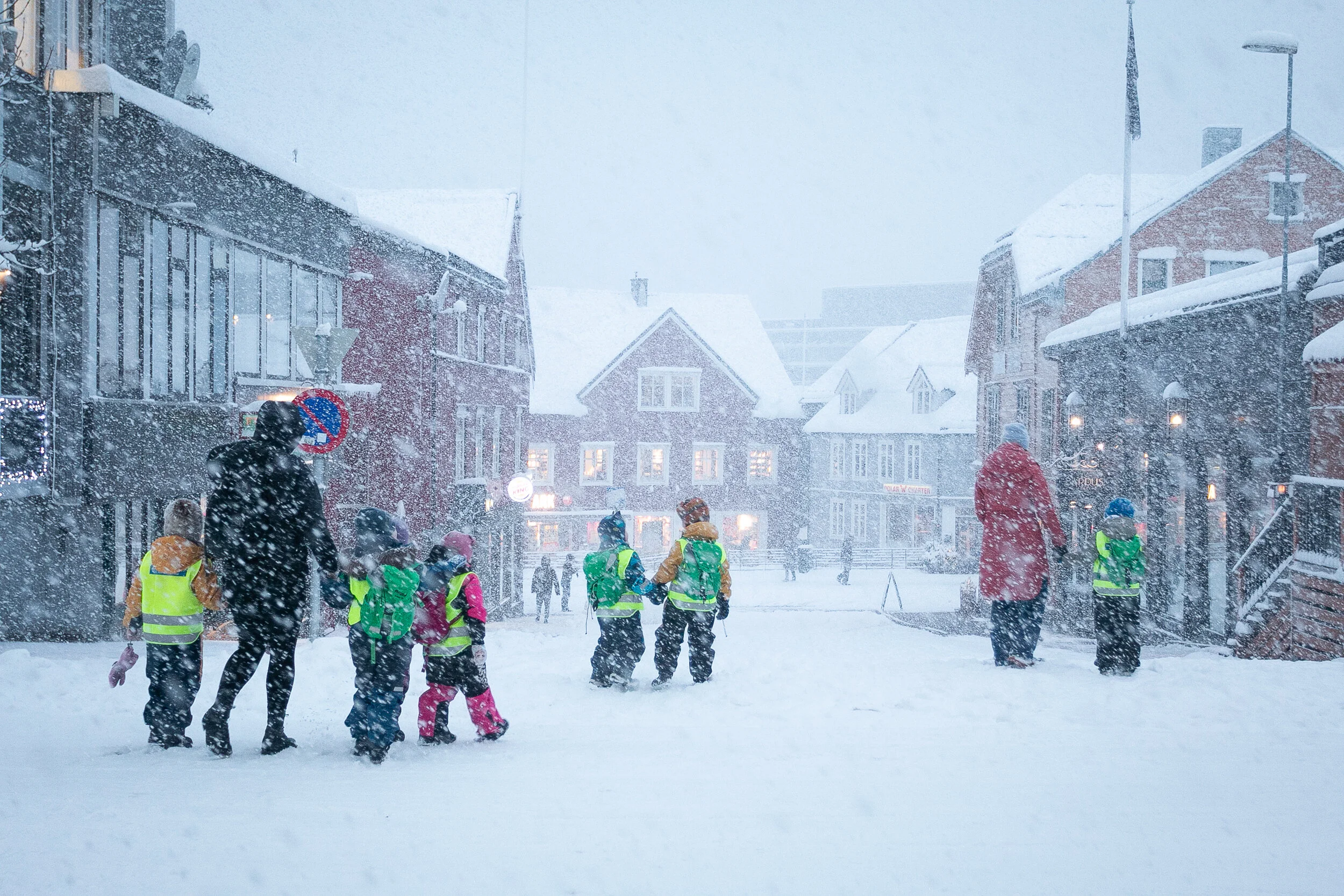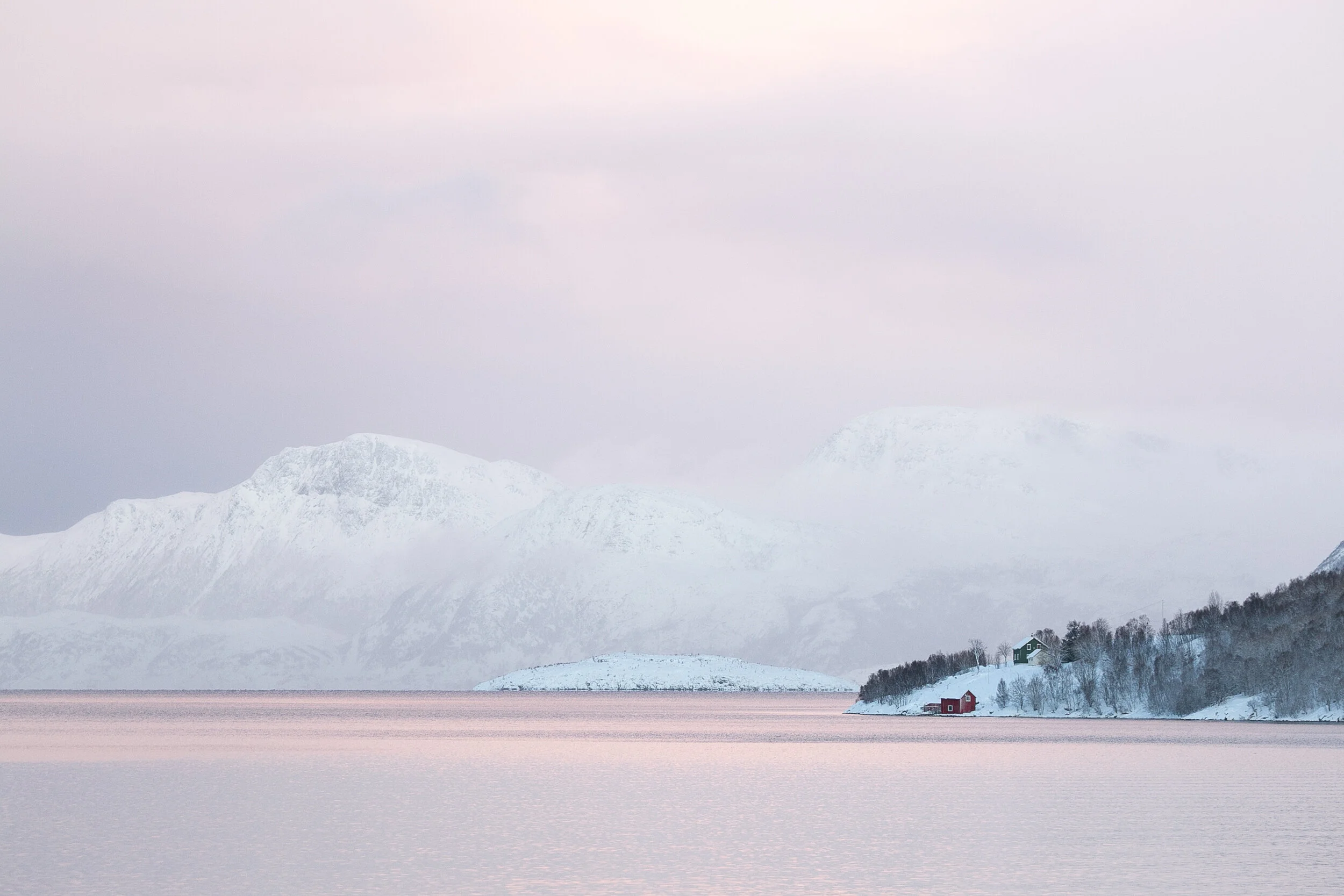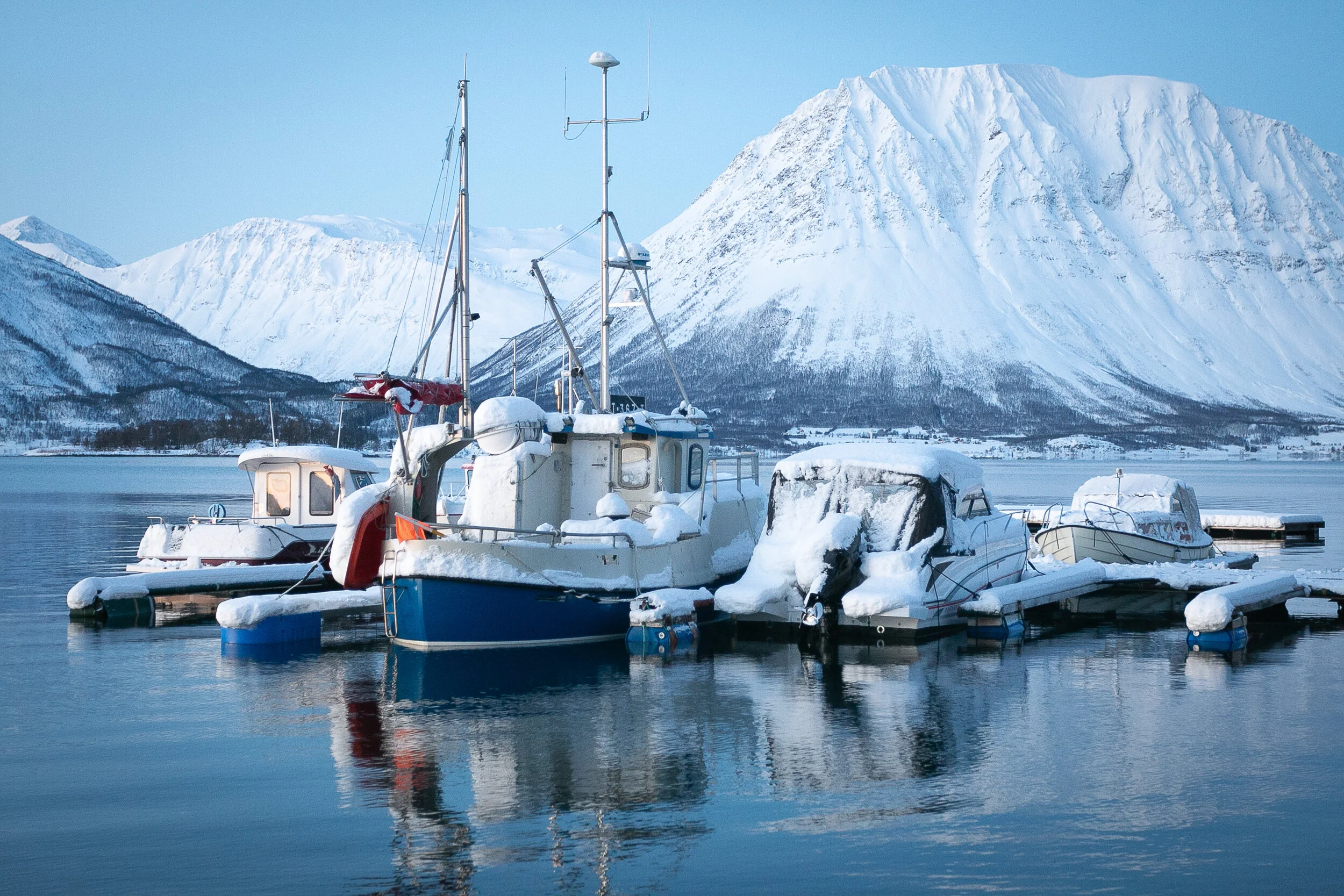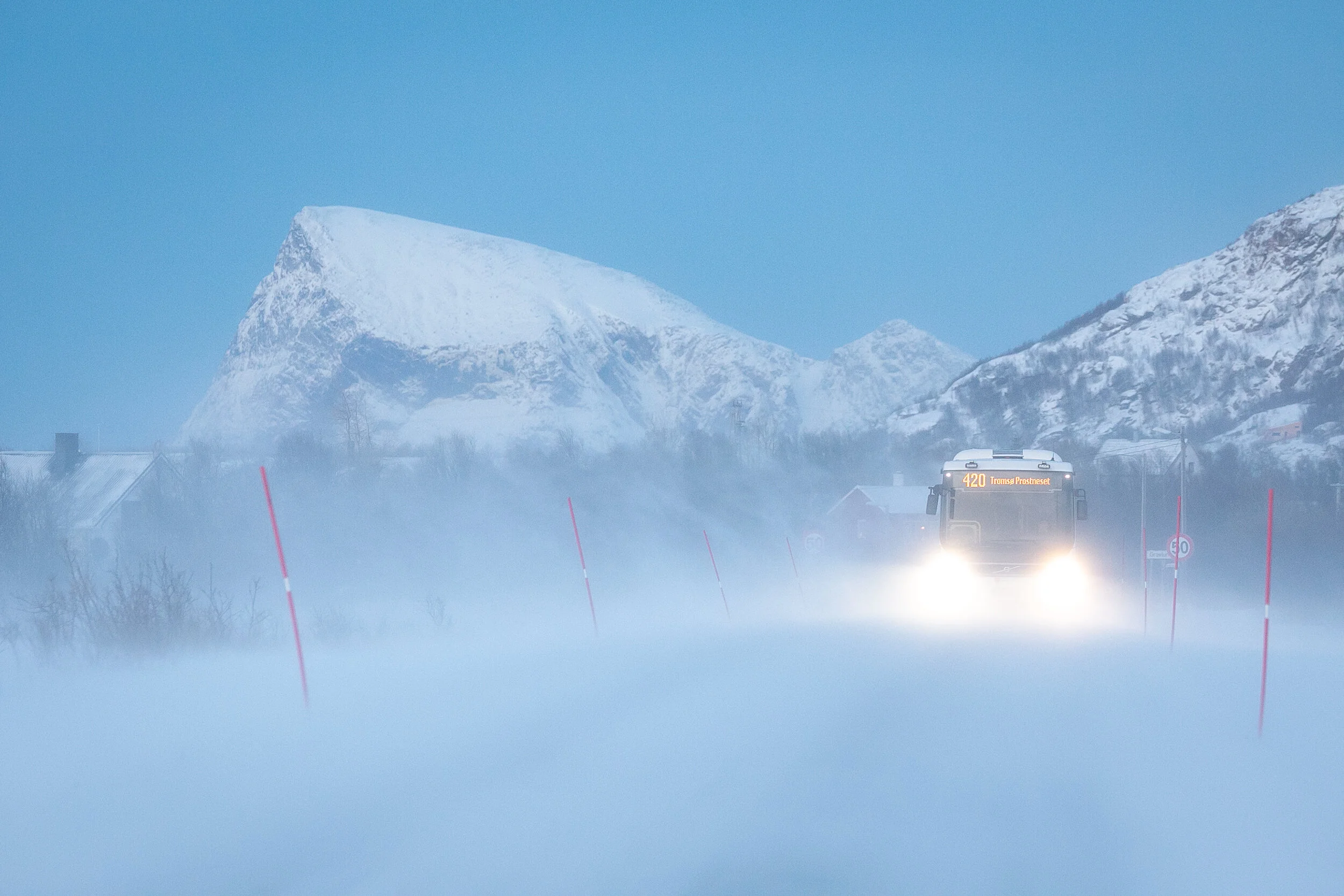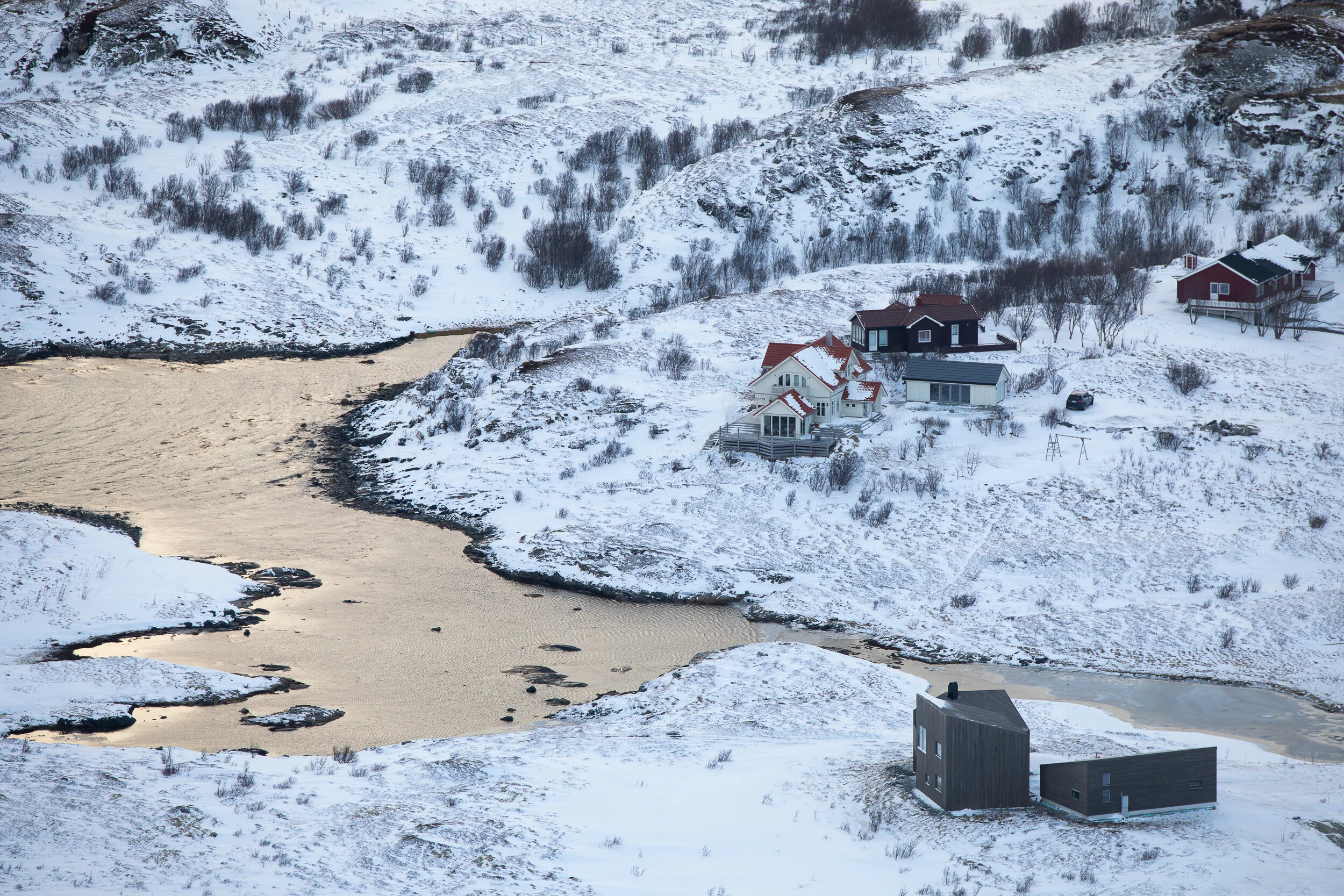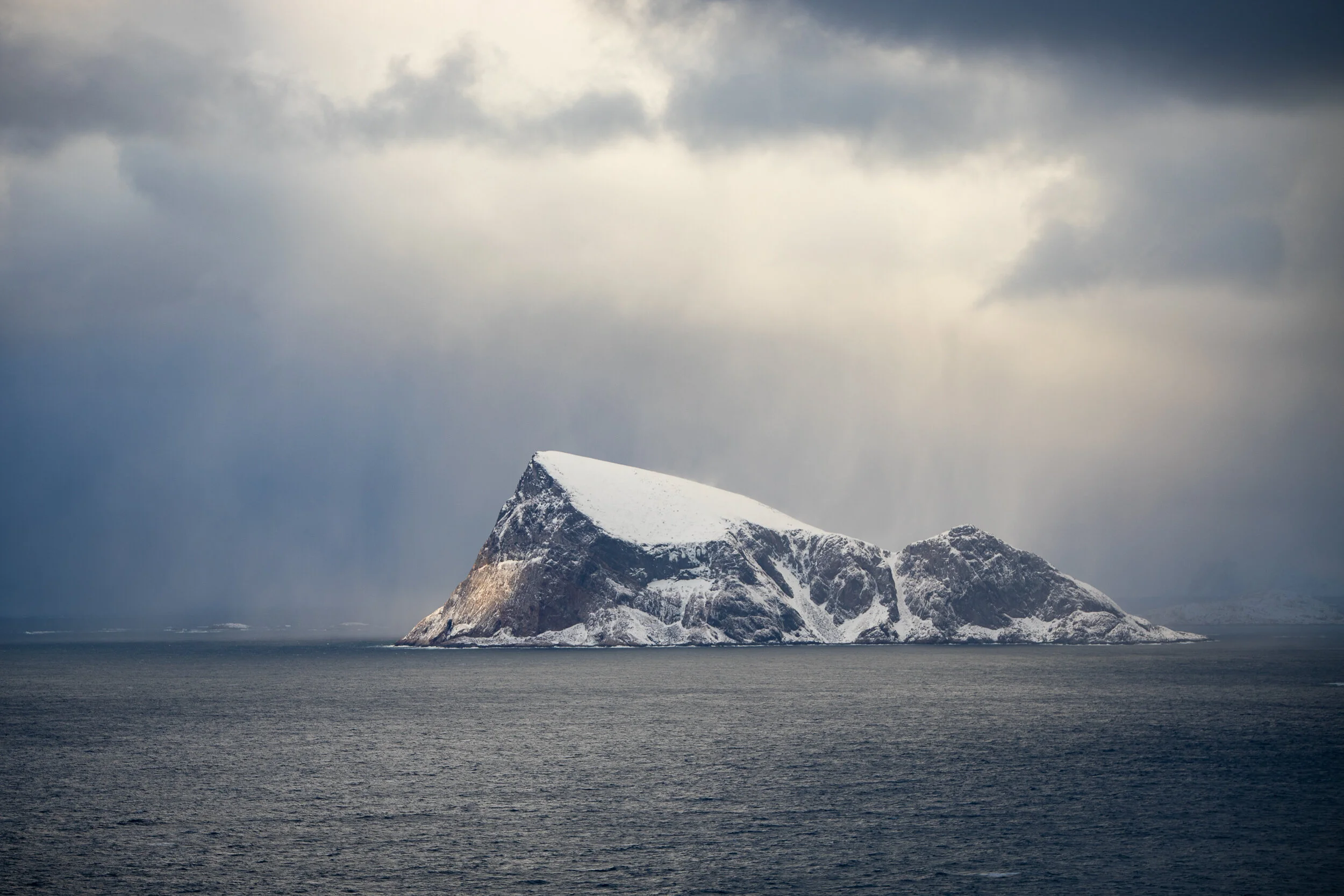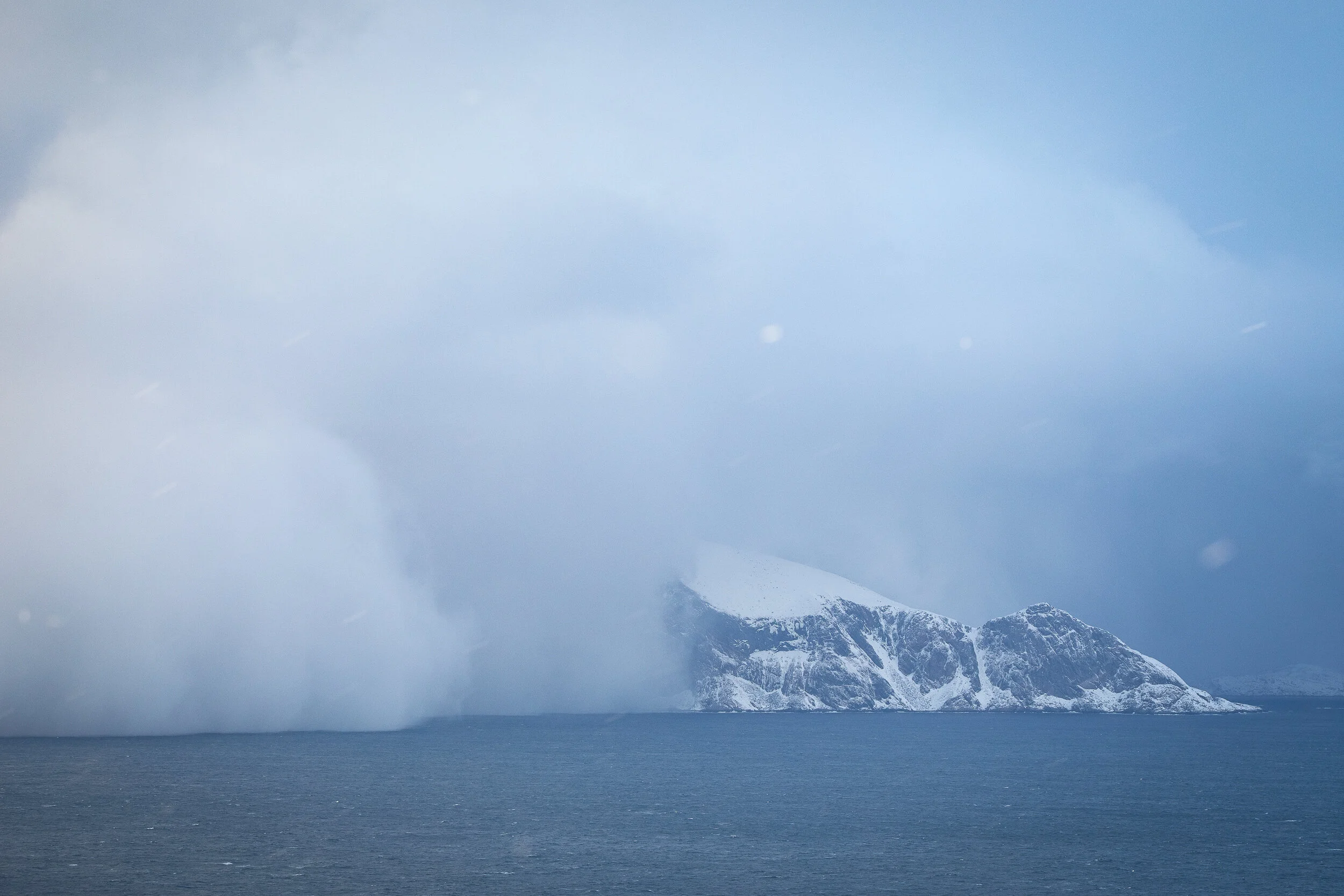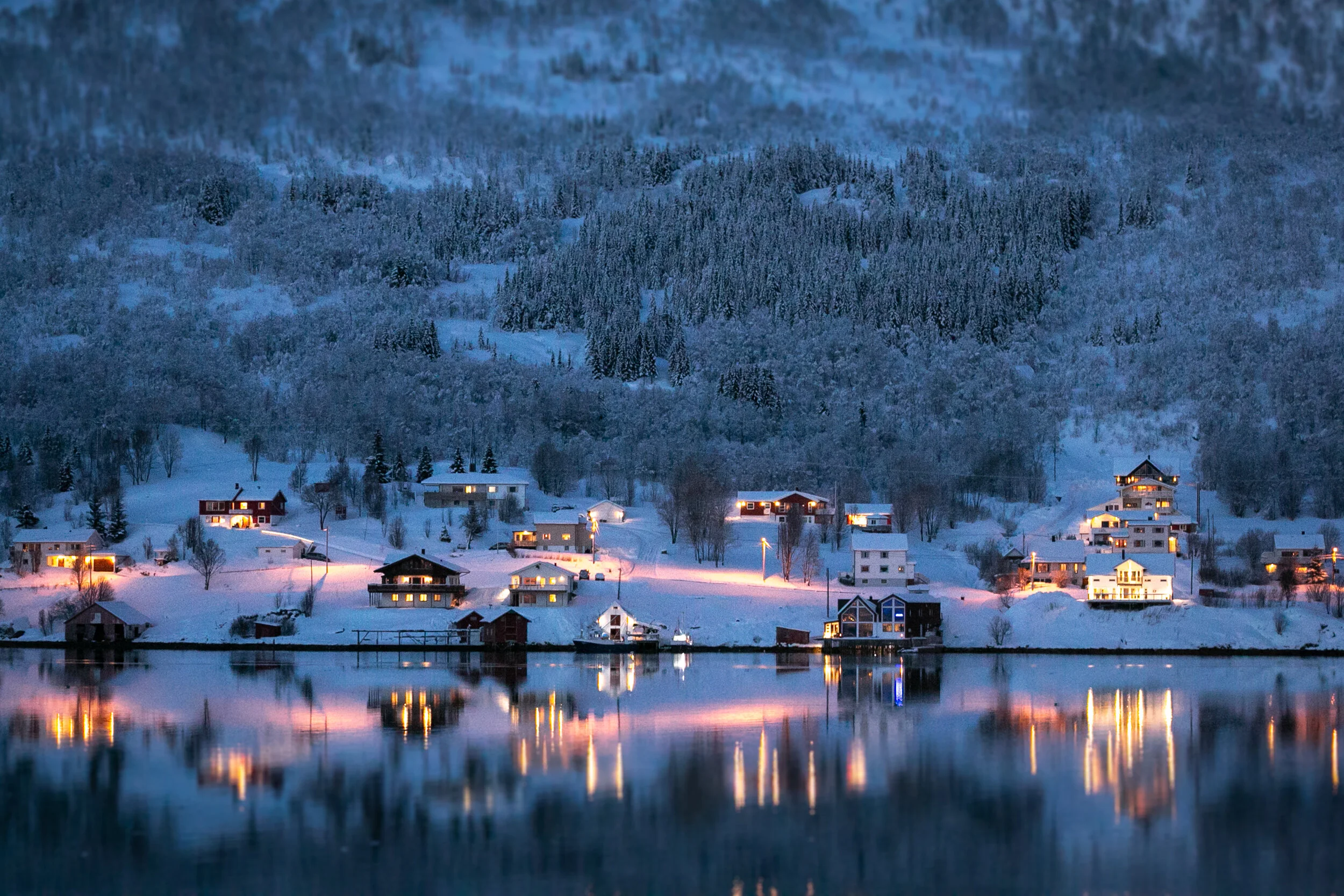
Life at 69ºN
Tromsø lies at 69ºN, 350 km above the Arctic circle. If you threw a line westwards from Tromsø, you would miss Iceland by ~300 km, split Greenland in two, or reach the far north region of Alaska. The main characteristic of this region in northern Norway is probably the fact that is bathed by the Gulf Stream. This is one of the greatest water streams in the world in terms of mass flux and heat transport. The rest follows: nutrients, fish, people, progress. Tromsø is probably the warmest place so far north you can find anywhere on earth, although it is covered by snow ~7 months a year and the sun does not rise for 2 months. This set of features has made Tromsø a hotspot for modernization and the present capital of the Arctic, being the northernmost city with more than 50,000 people. It welcomes the headquarters of the Arctic Council and it has been the gate to the High Arctic expeditions. It is campus of one of the main universities in Norway, the main hospital of northern Norway and a big tourism industry. So, how do you cope with the harsh conditions while offering the infrastructures and services of an actual city?
Tromsø se encuentra a 69ºN, 350 km por encima del círculo polar ártico. Si lanzara una línea hacia el oeste desde Tromsø, perdería Islandia por ~ 300 km, dividiría Groenlandia en dos o llegaría a la región más al norte de Alaska. La principal característica de esta región del norte de Noruega es probablemente el hecho de que está bañada por la Corriente del Golfo. Esta es una de las corrientes de agua más grandes del mundo en términos de flujo de masa y transporte de calor. El resto viene solo: nutrientes, pescado, personas, progreso. Tromsø es probablemente el lugar más cálido más al norte que puedes encontrar en cualquier lugar de la tierra, aunque está cubierto de nieve ~ 7 meses al año y el sol no sale durante 2 meses. Este conjunto de características ha convertido a Tromsø en un punto clave para la modernización y en la actual capital del Ártico, siendo la ciudad más septentrional con más de 50.000 habitantes. Acoge la sede del Consejo Ártico (Arctic Council) y ha sido la puerta de entrada a las expediciones al Alto Ártico. Es el campus de una de las principales universidades de Noruega, el principal hospital del norte de Noruega y una gran industria turística. Entonces, ¿cómo hace frente a las duras condiciones mientras ofrece las infraestructuras y los servicios de una ciudad actual?
